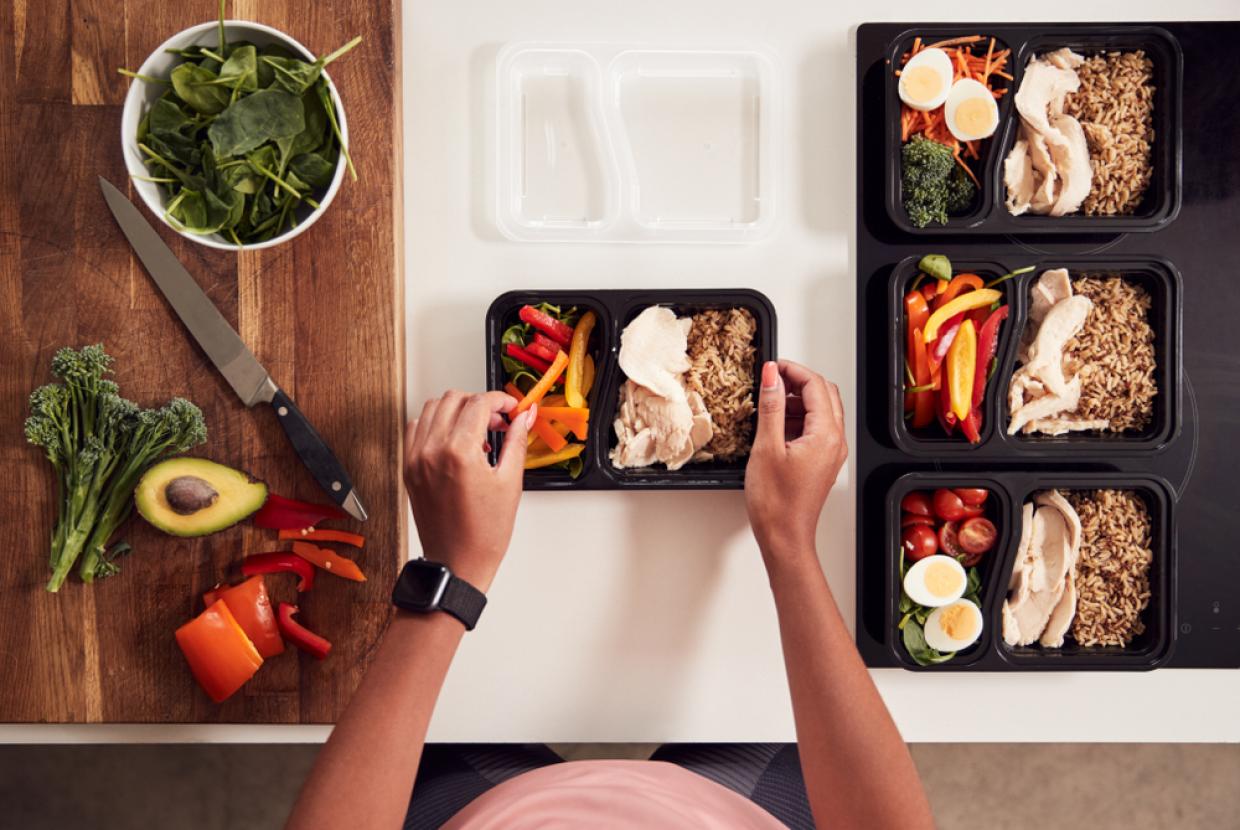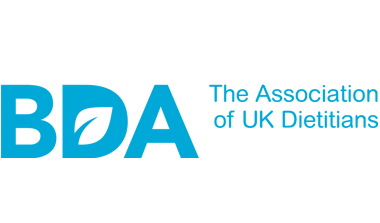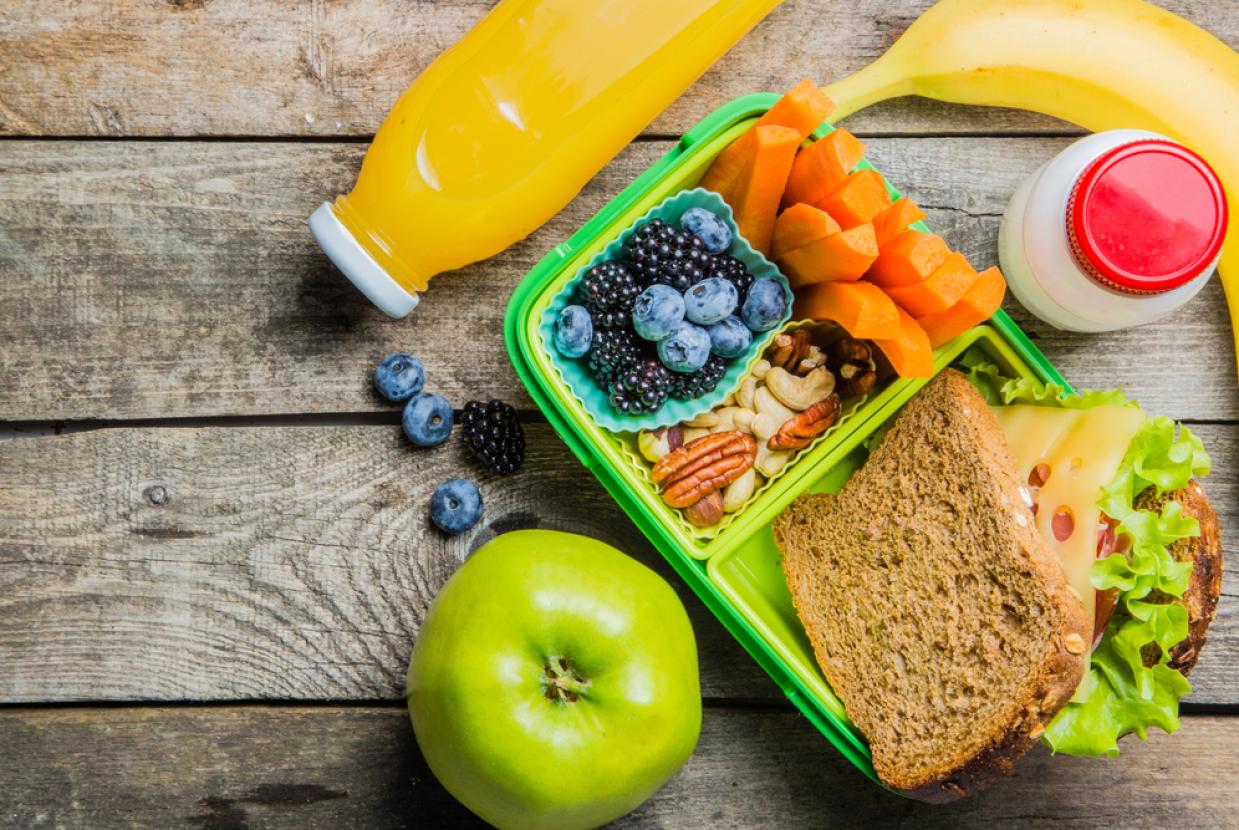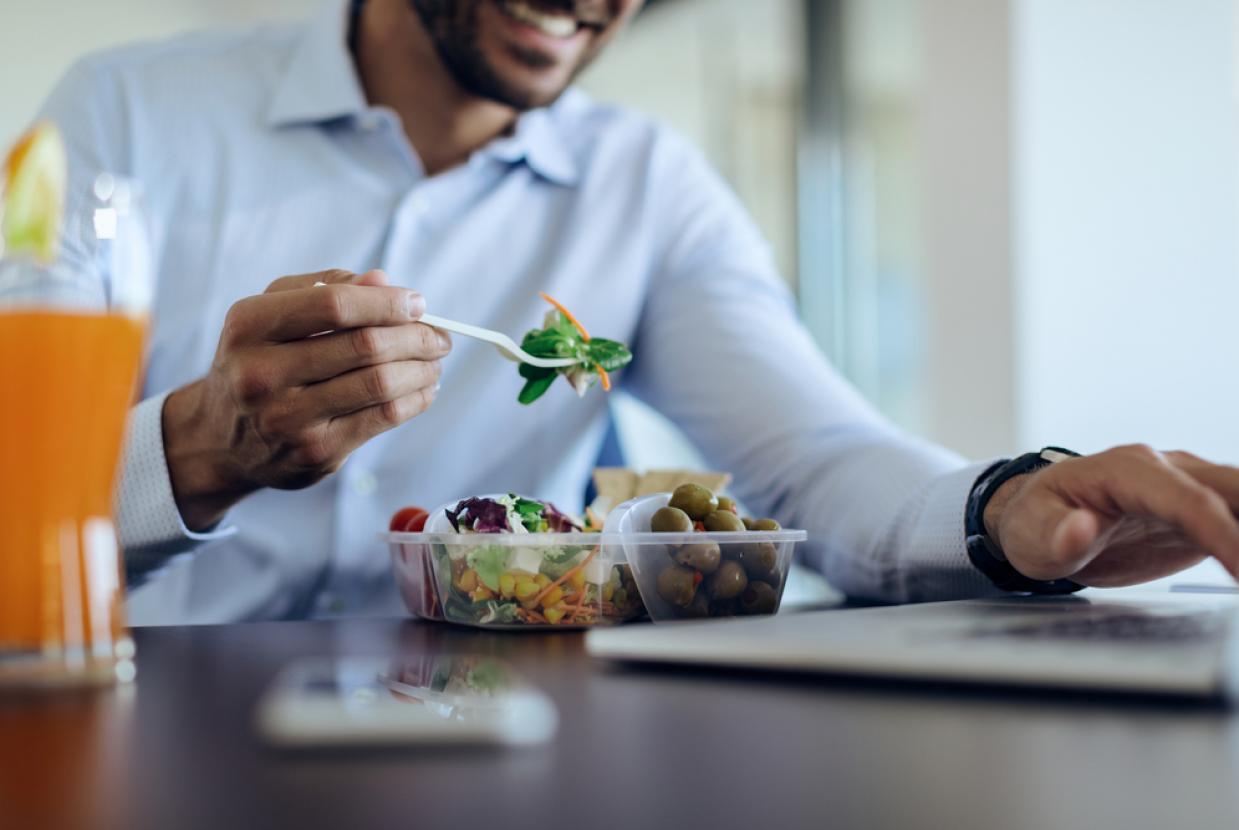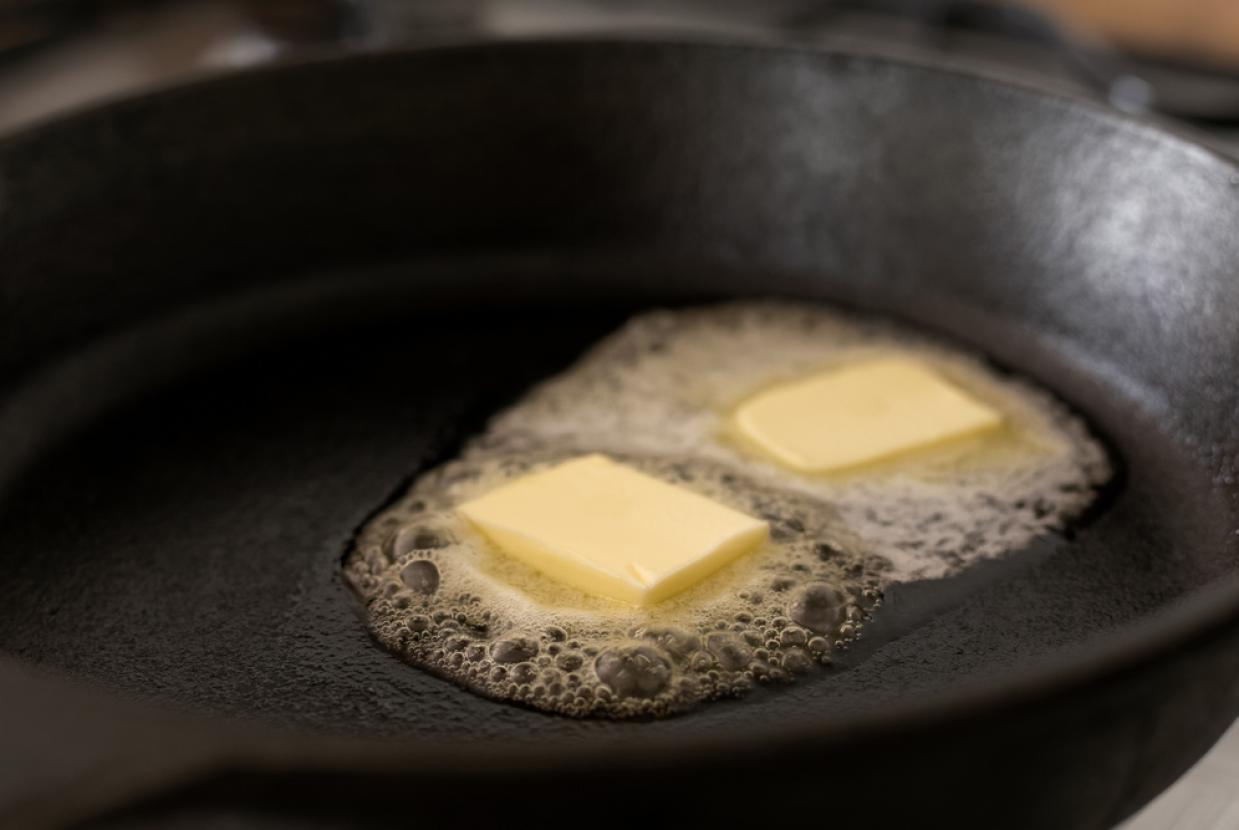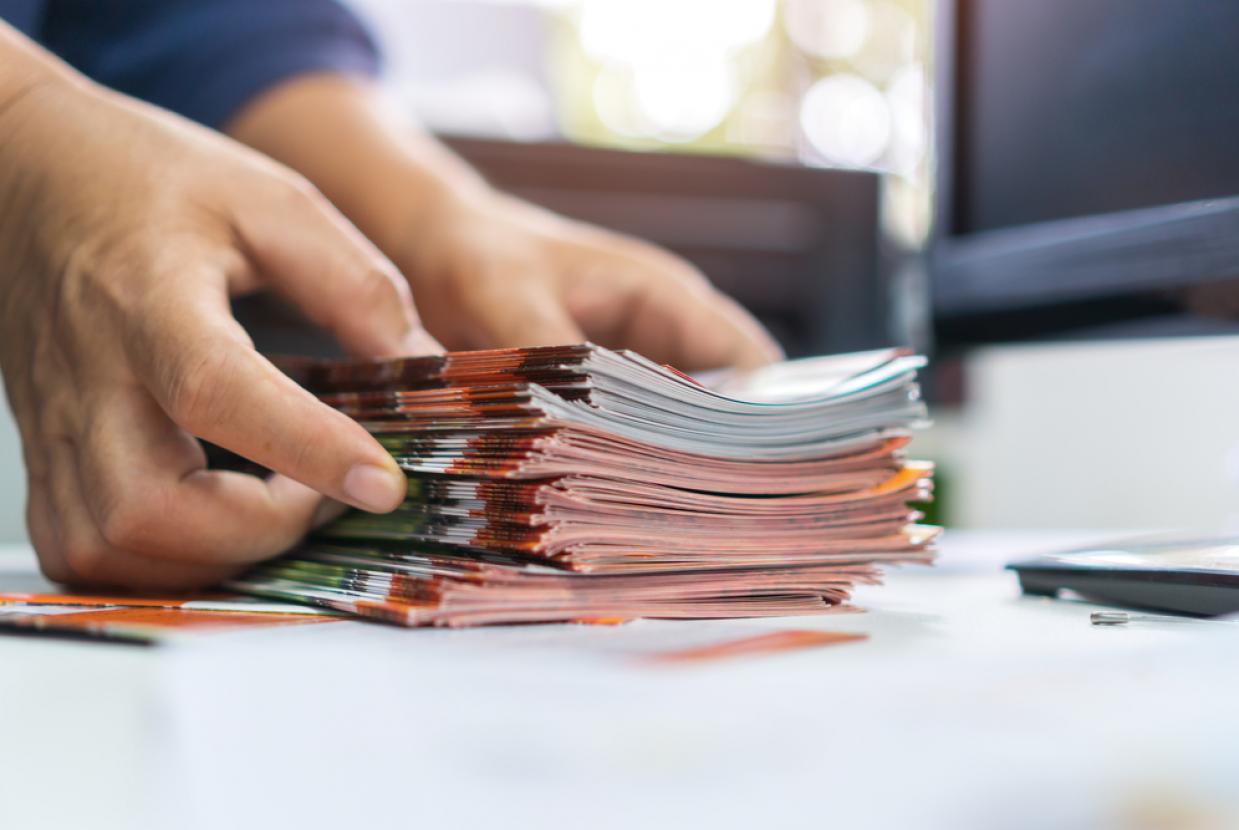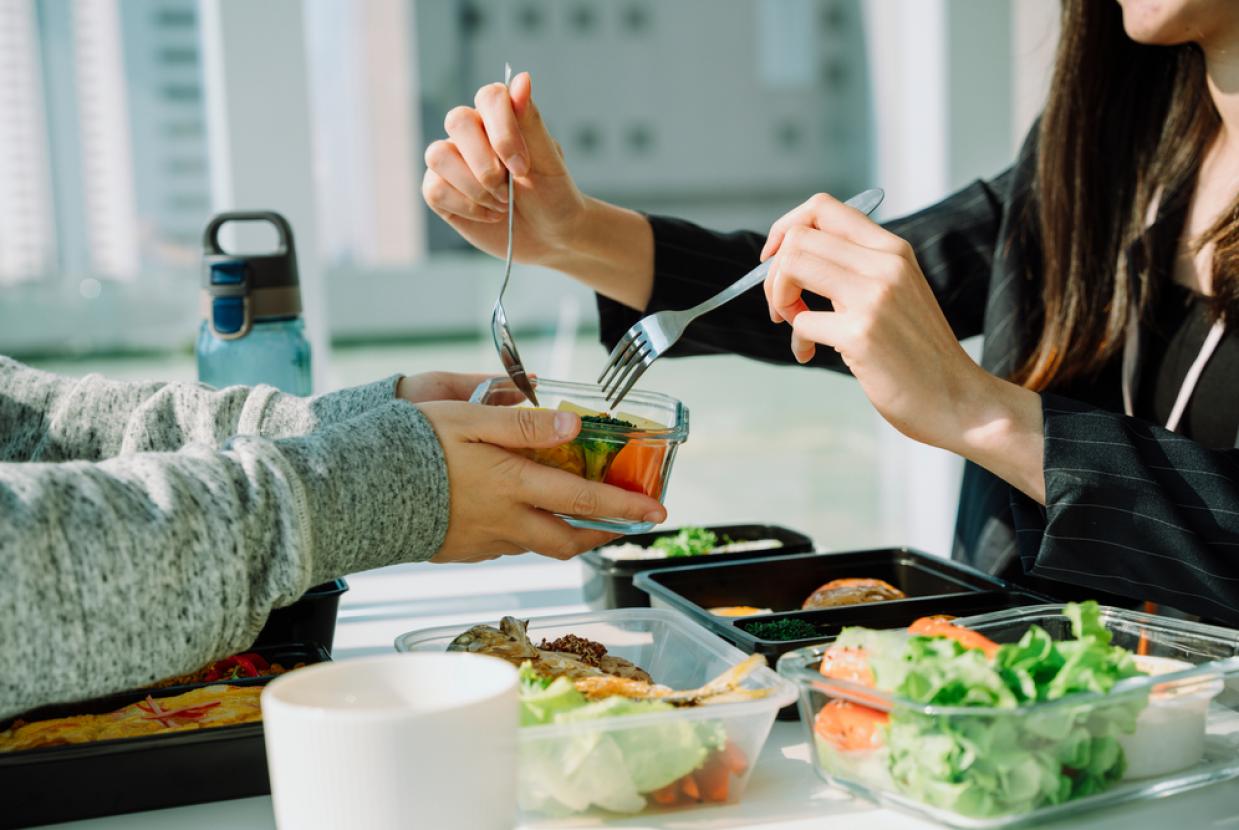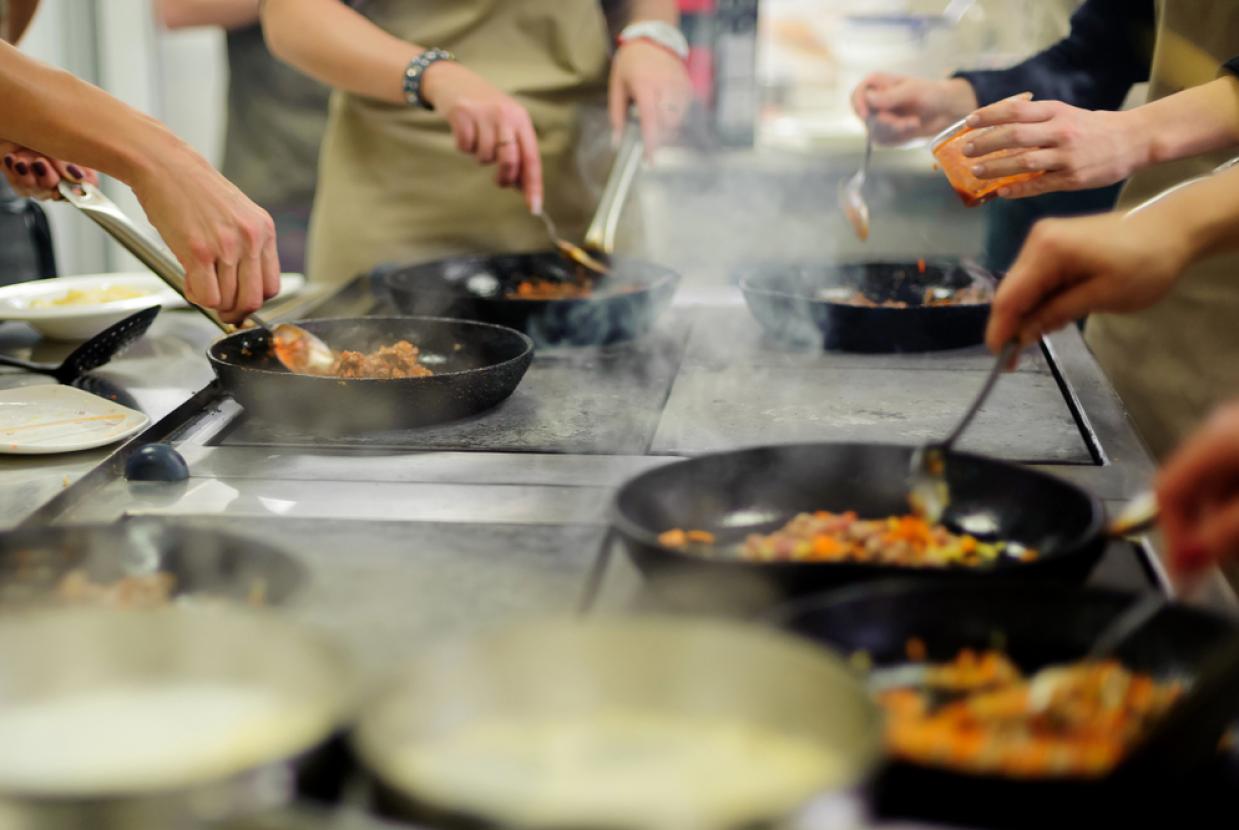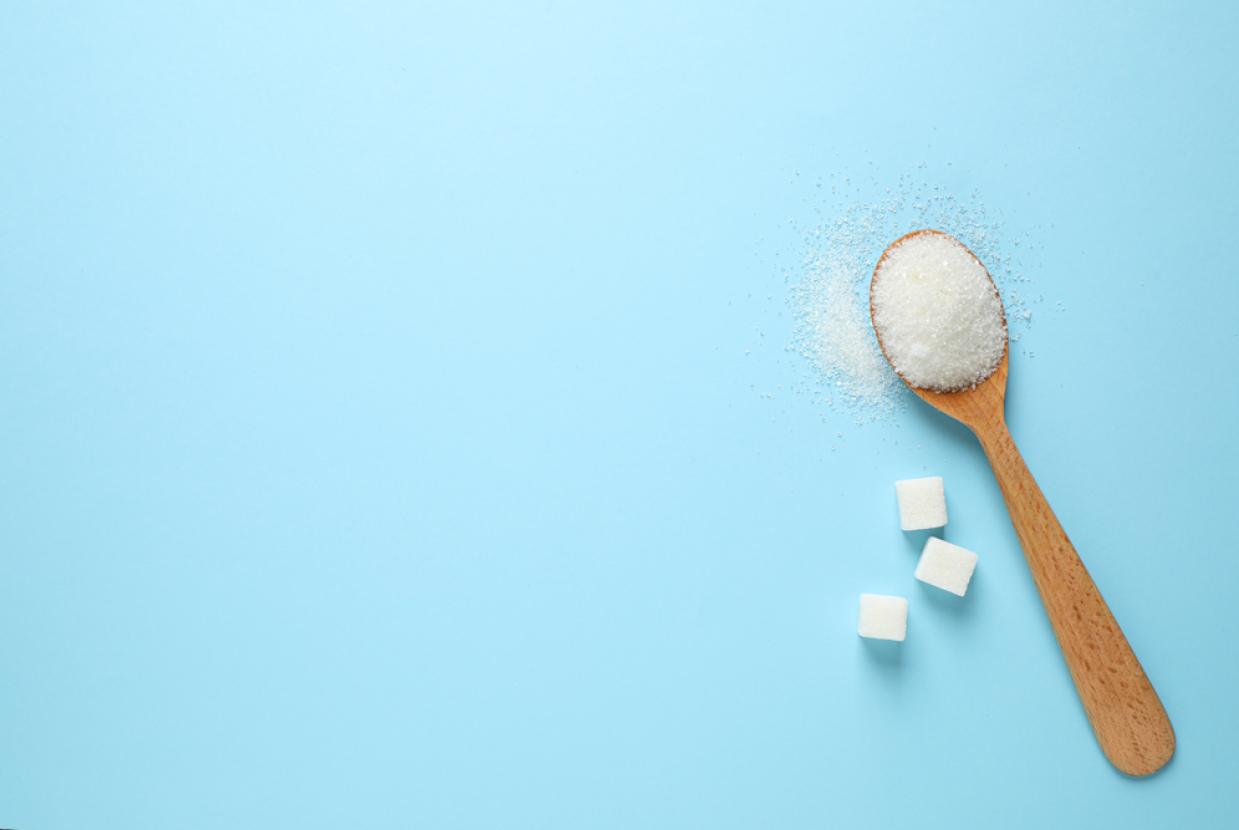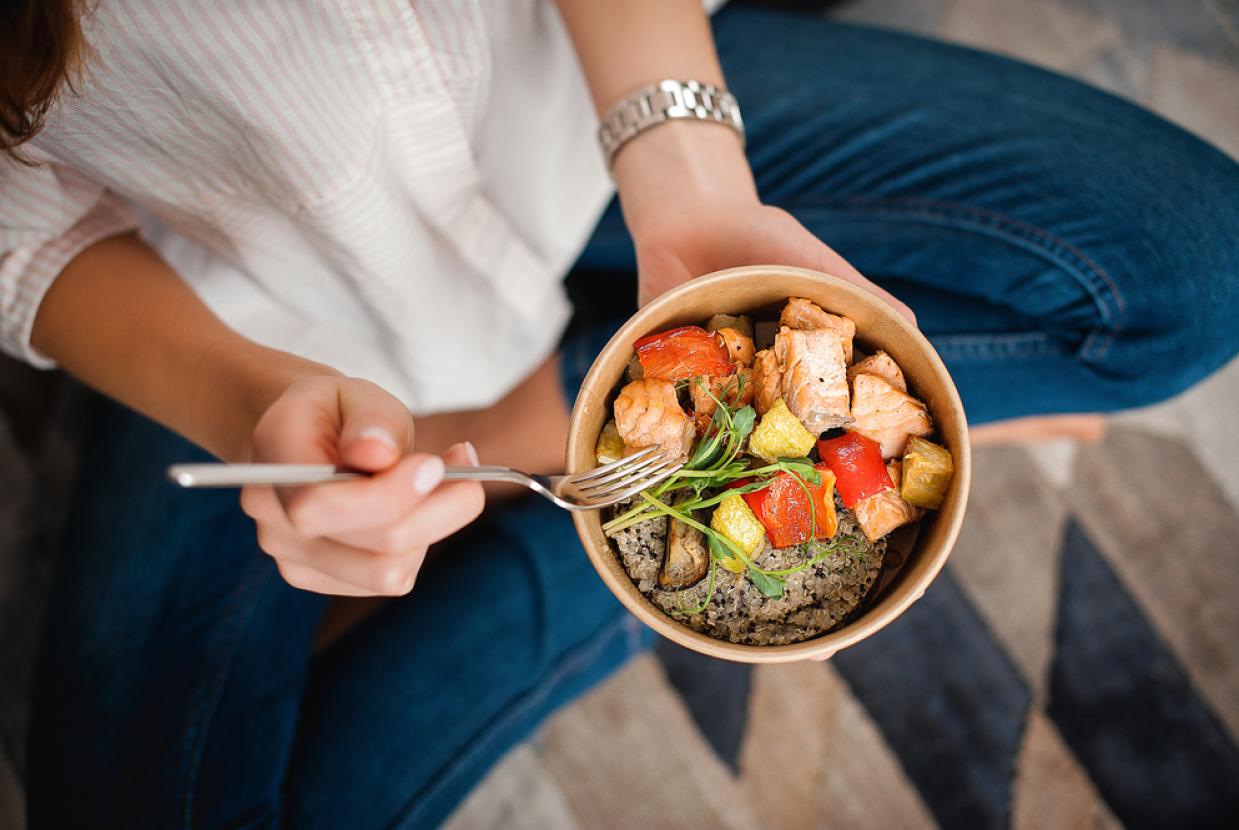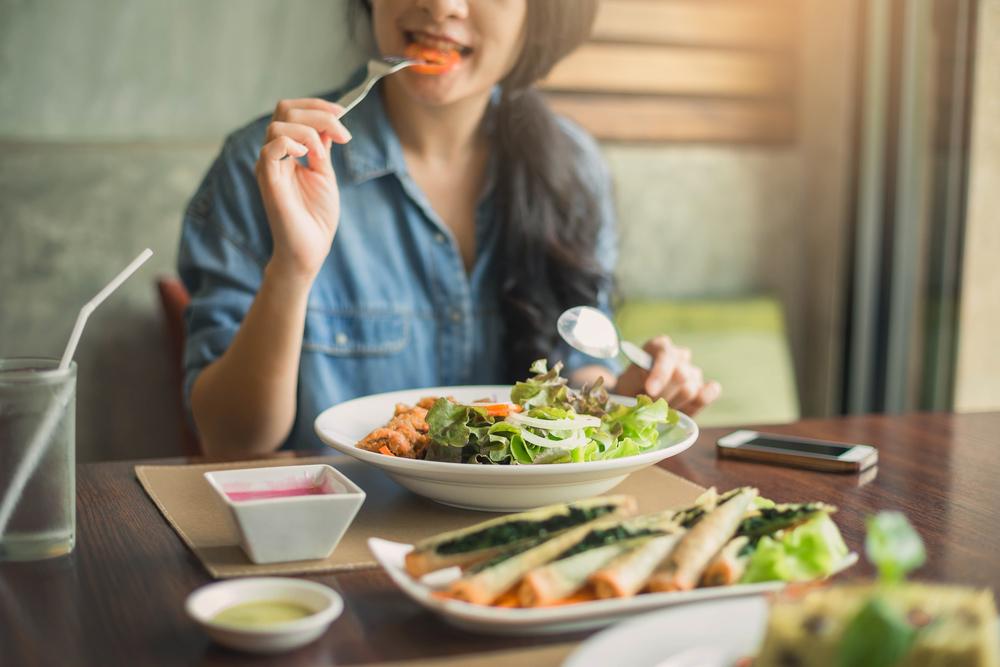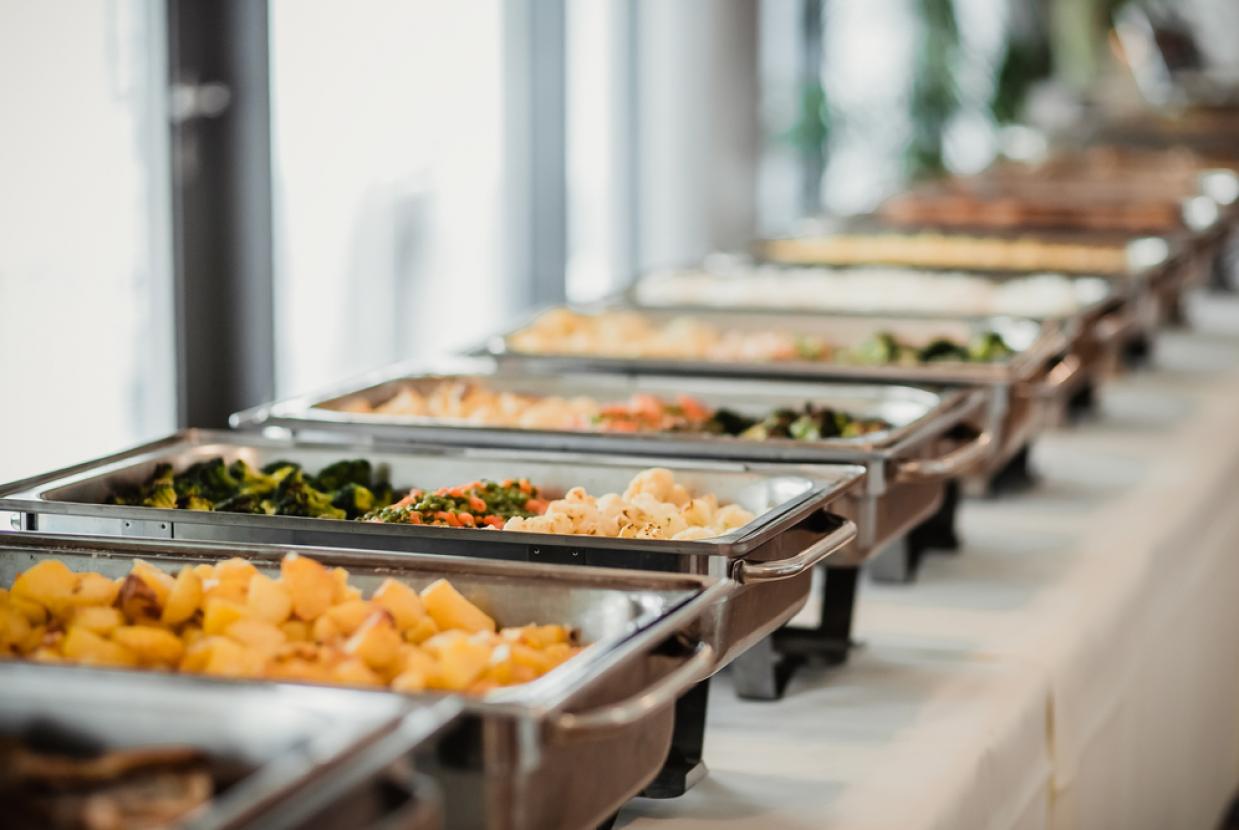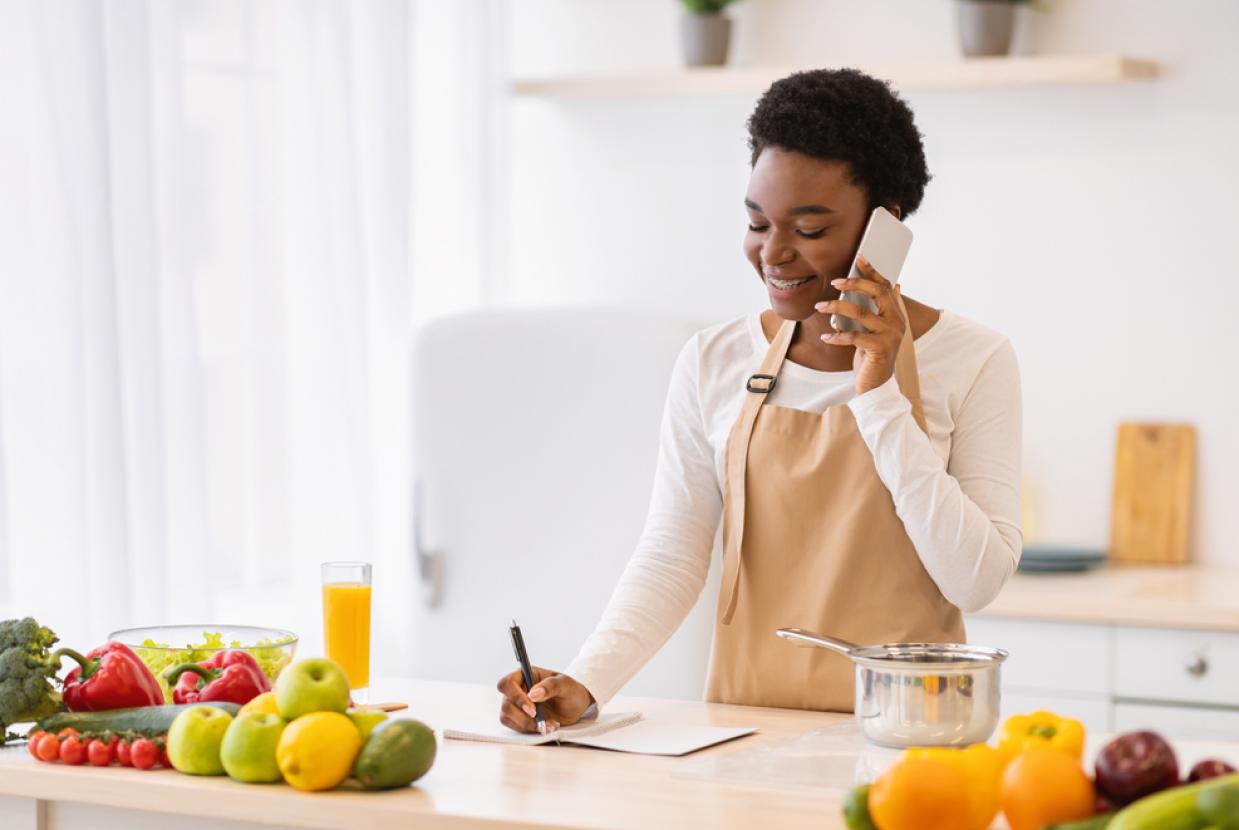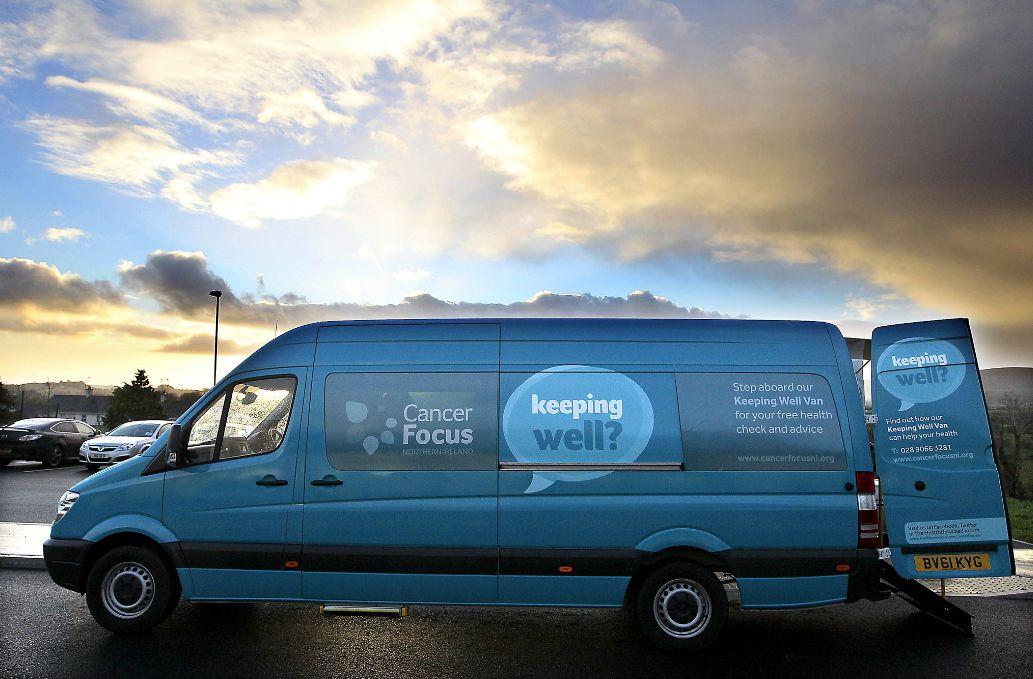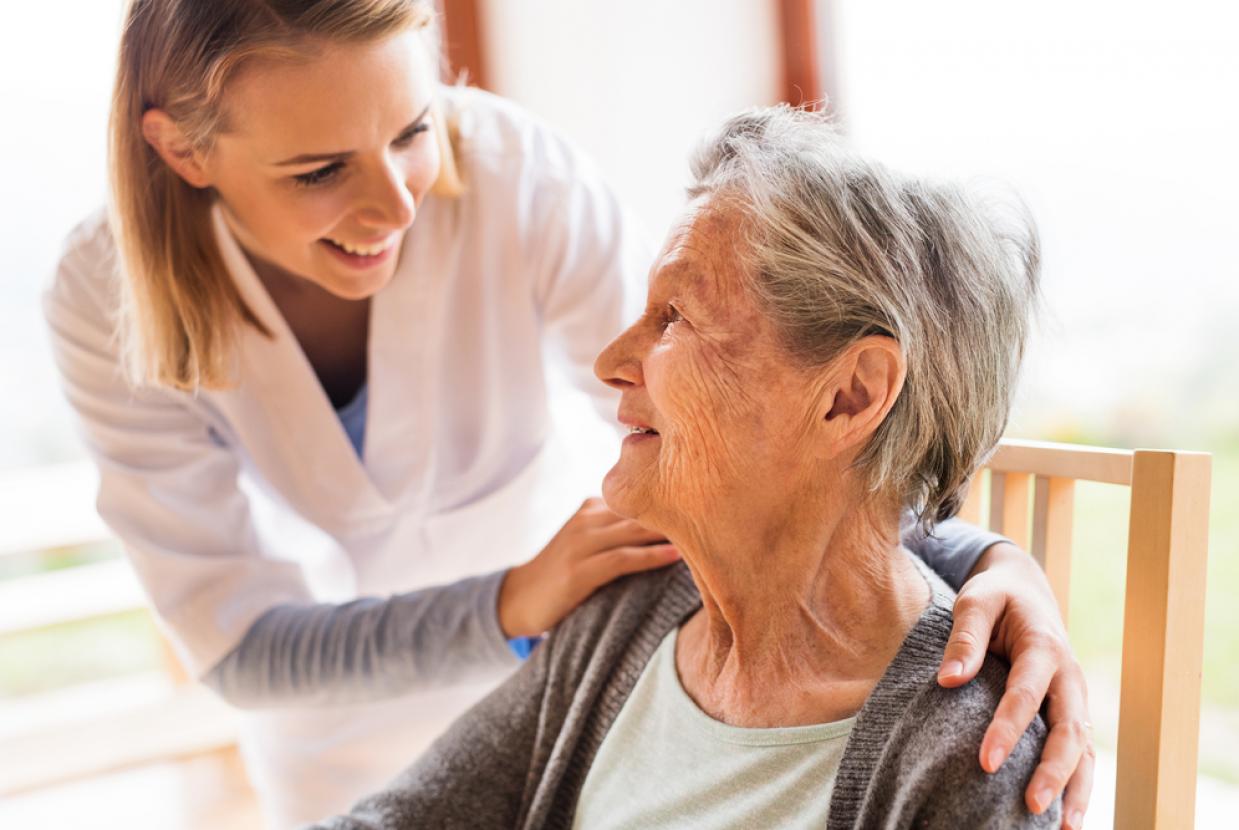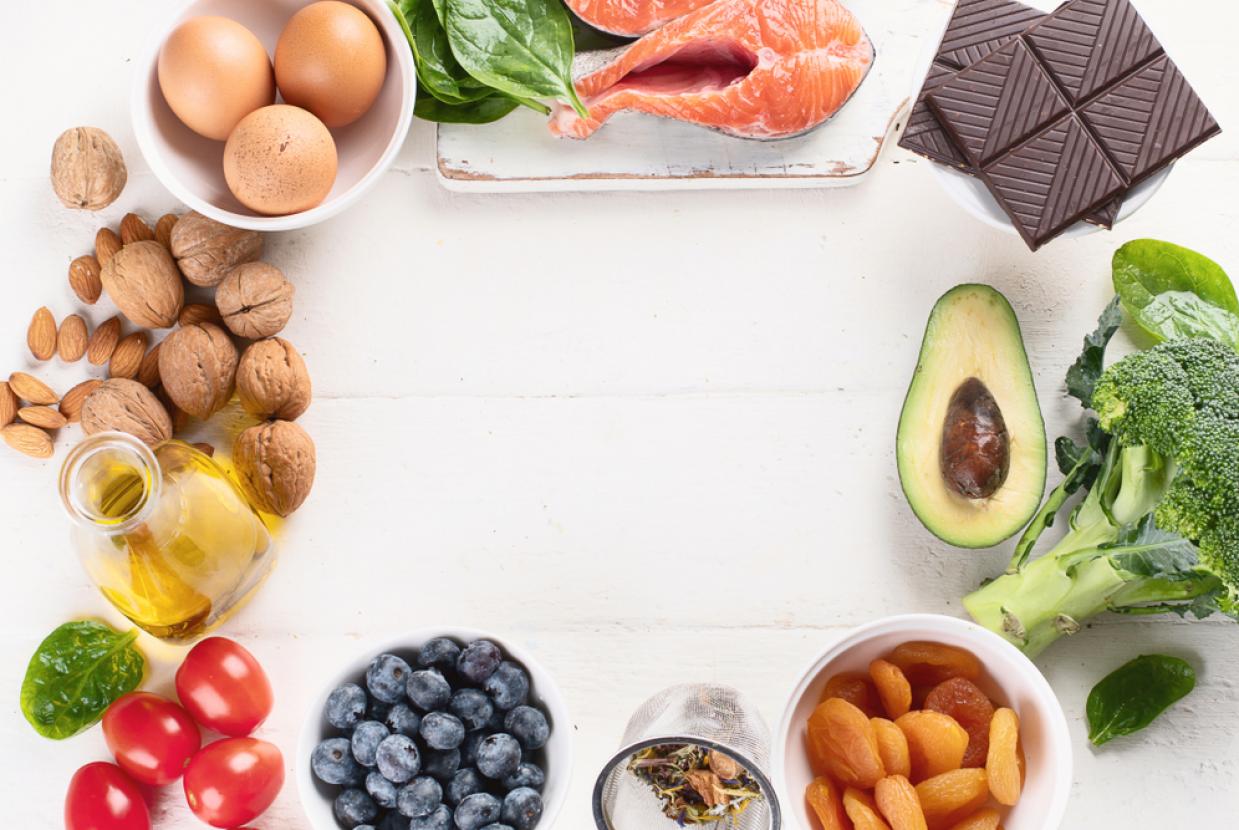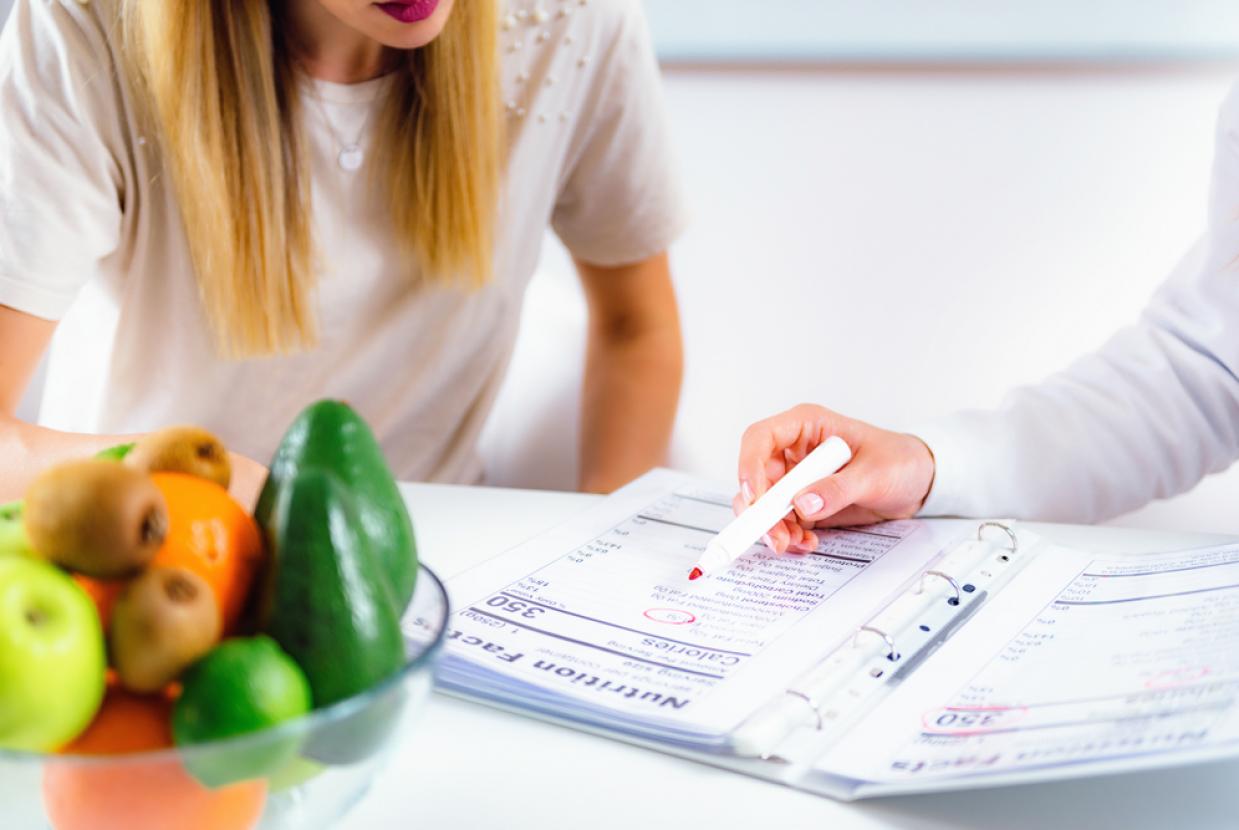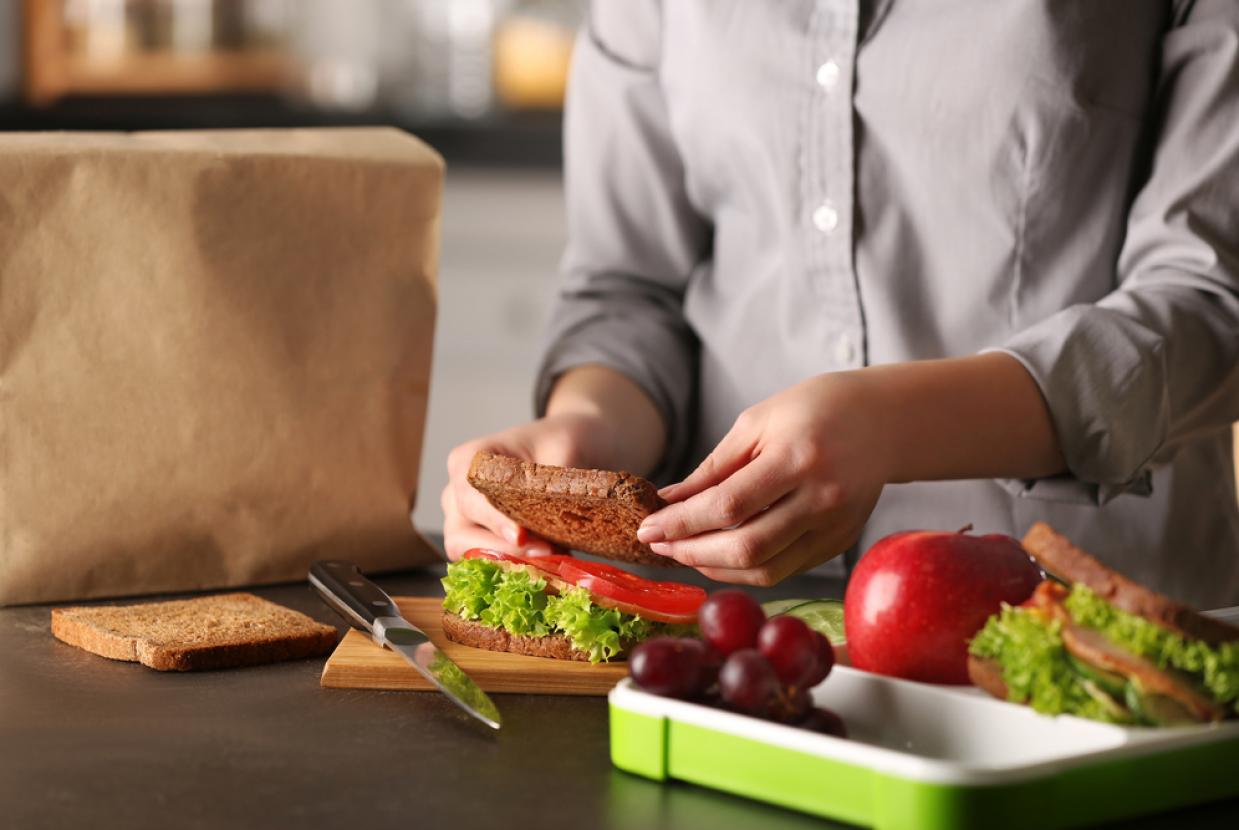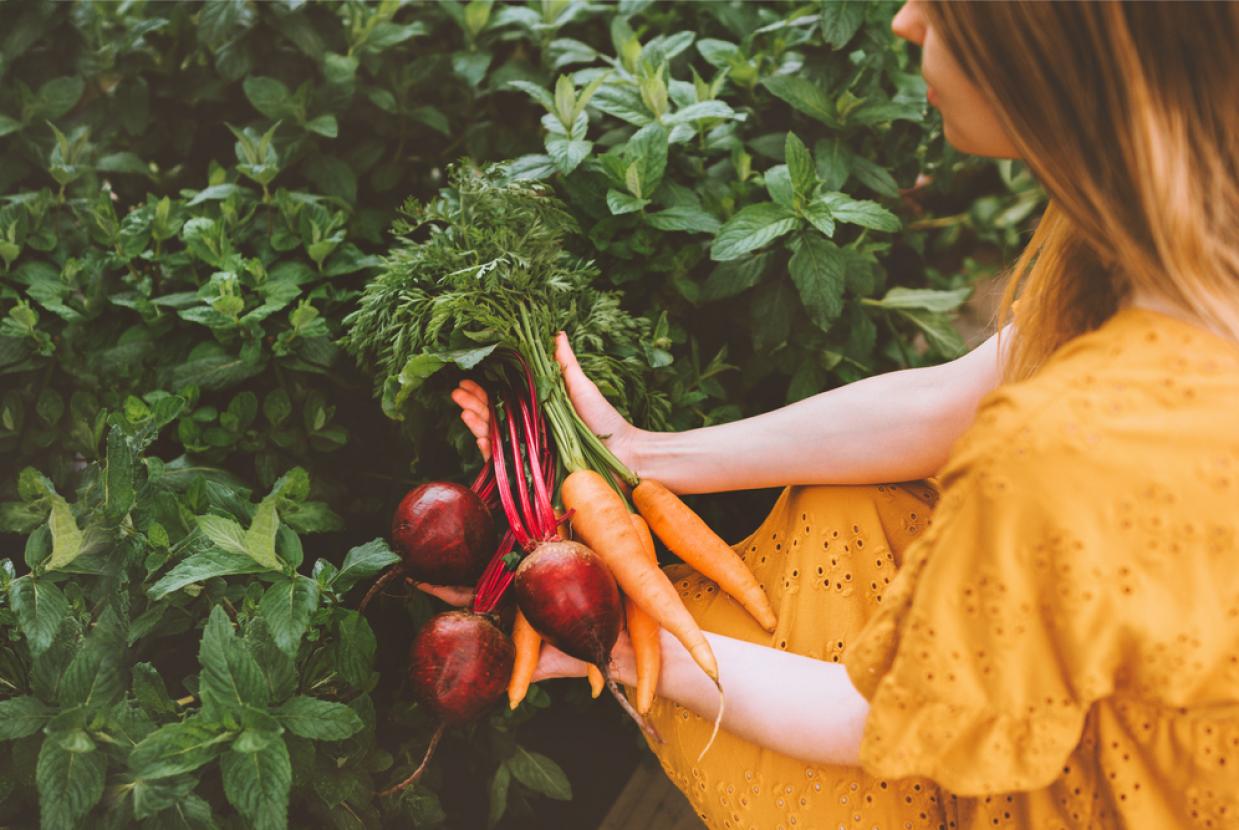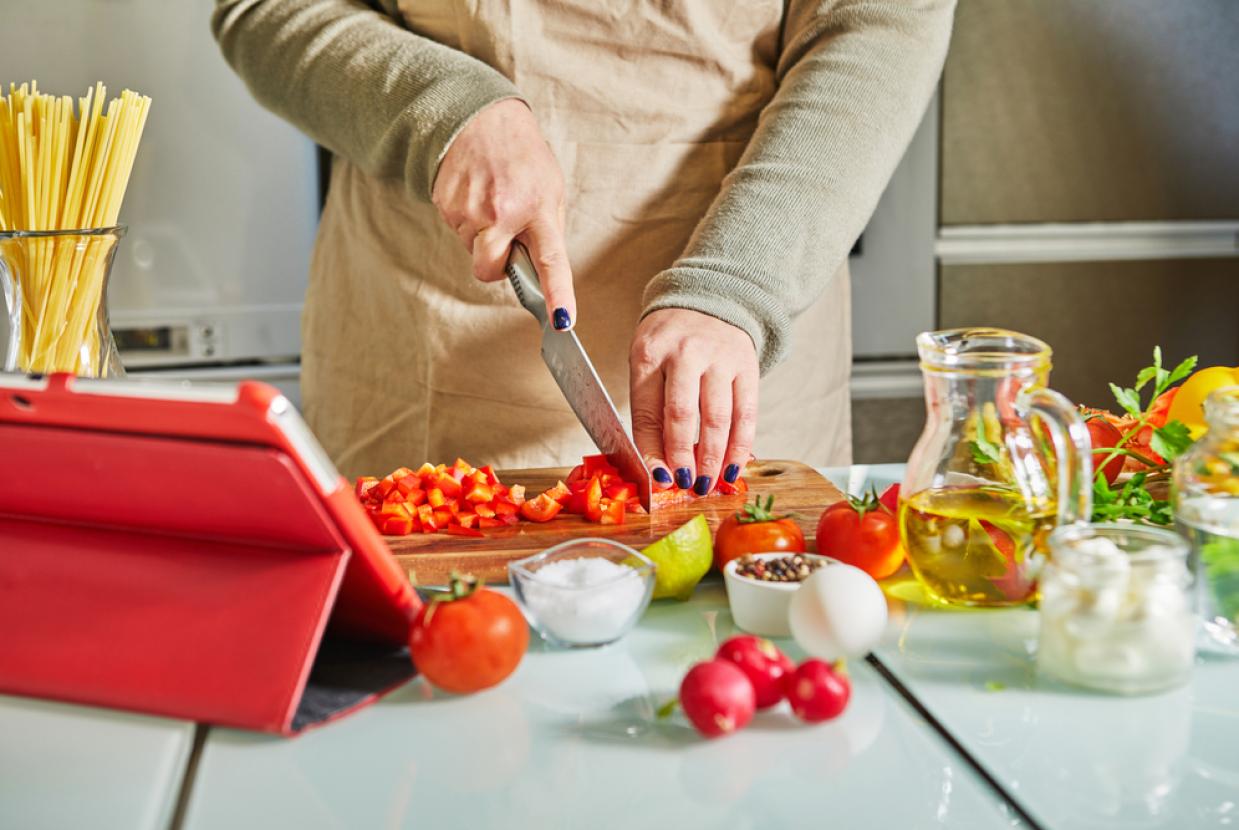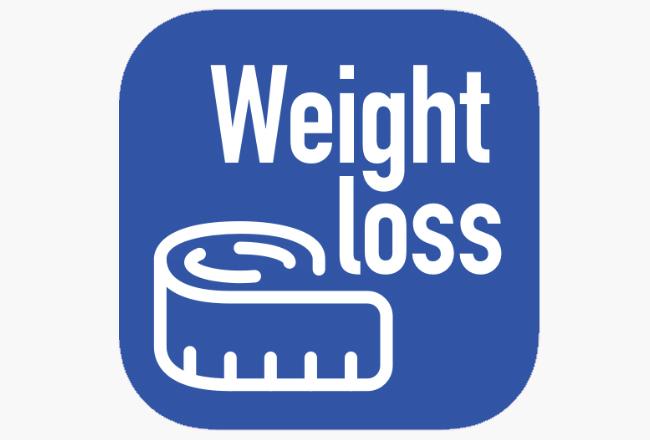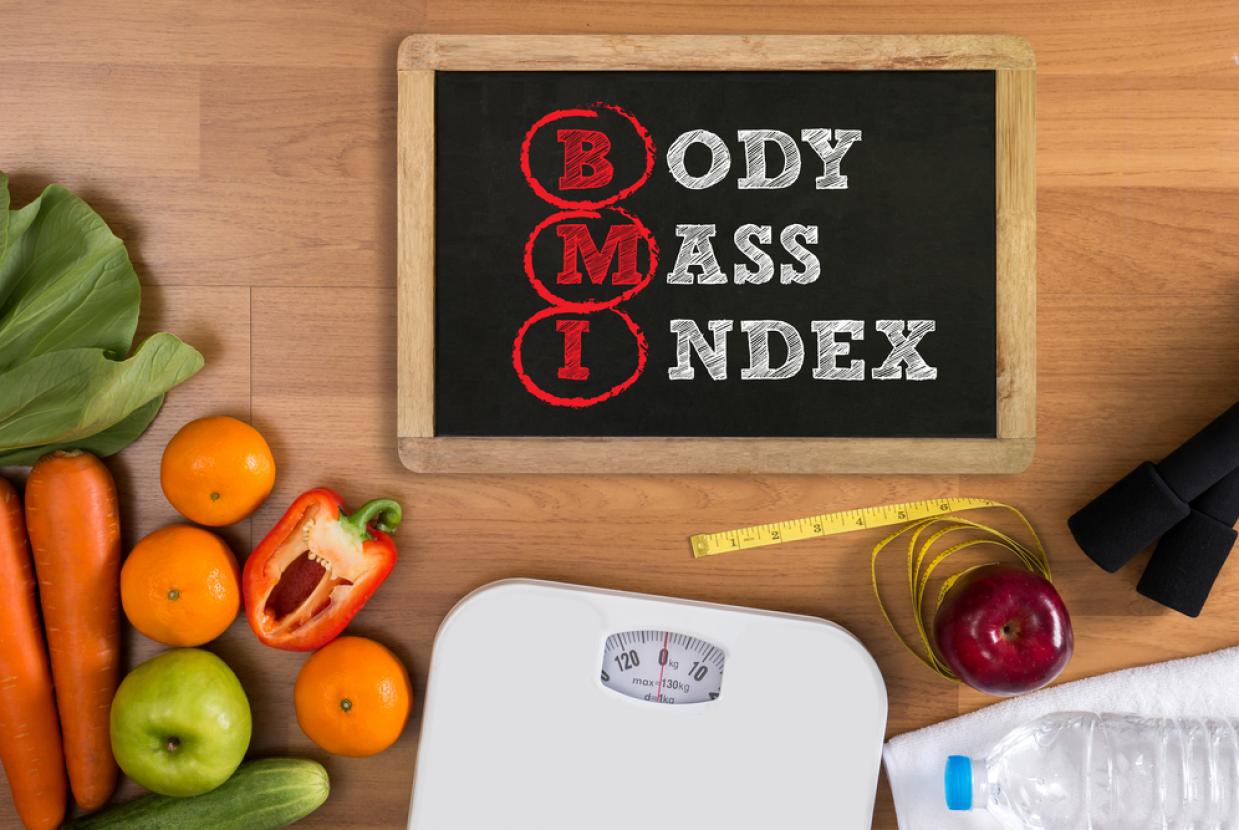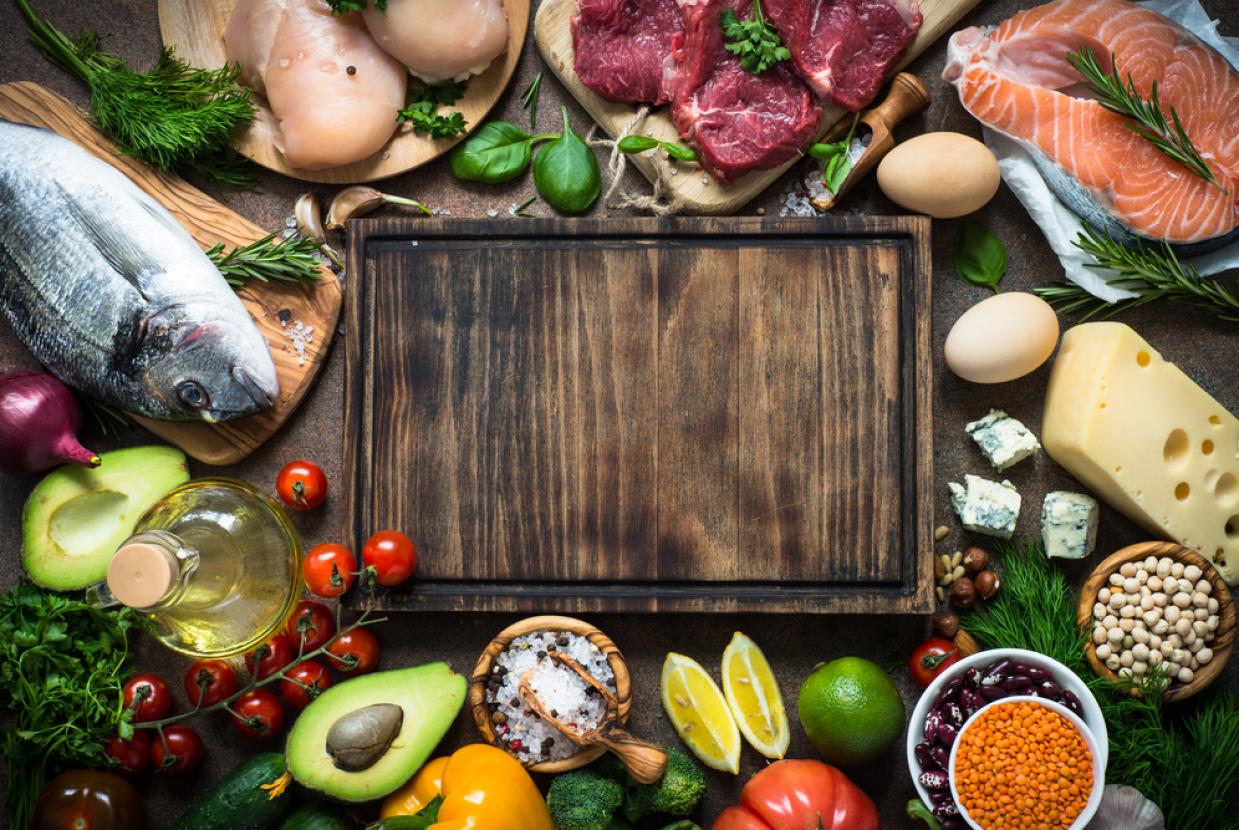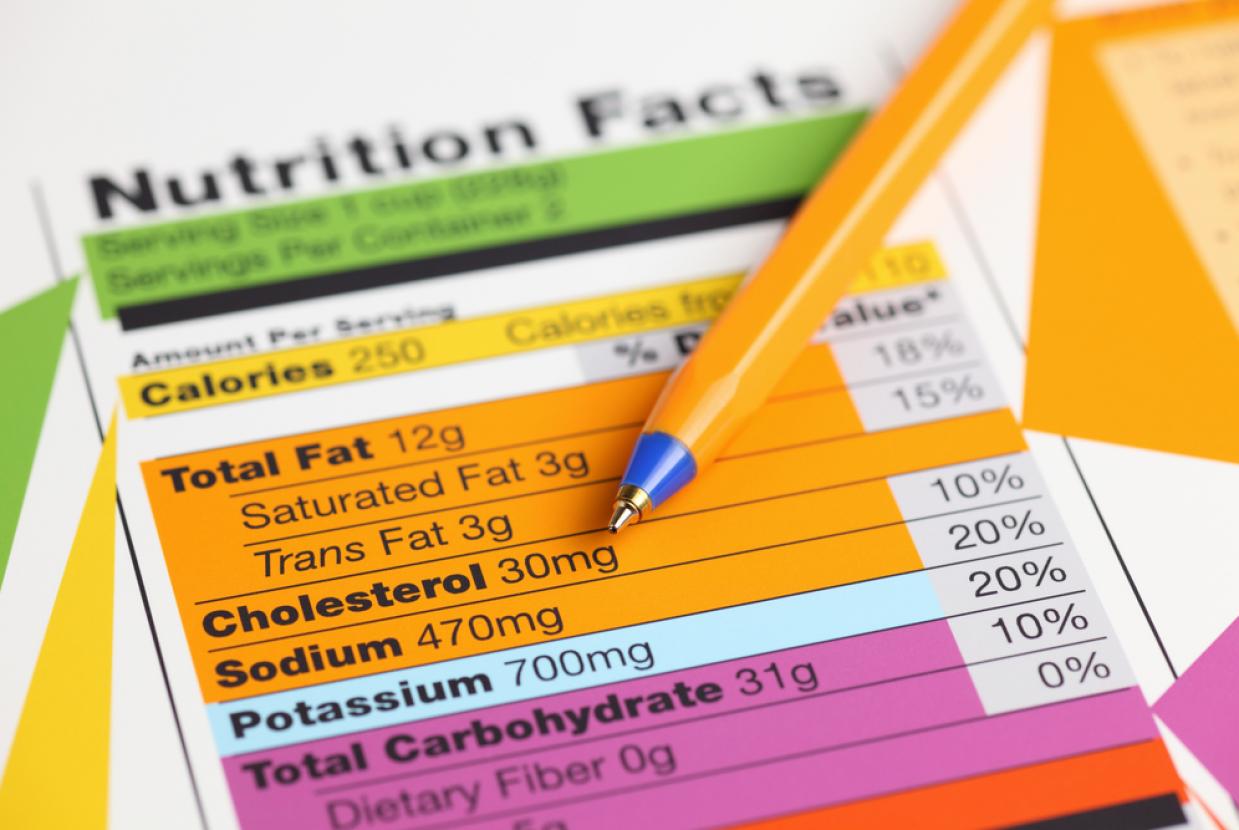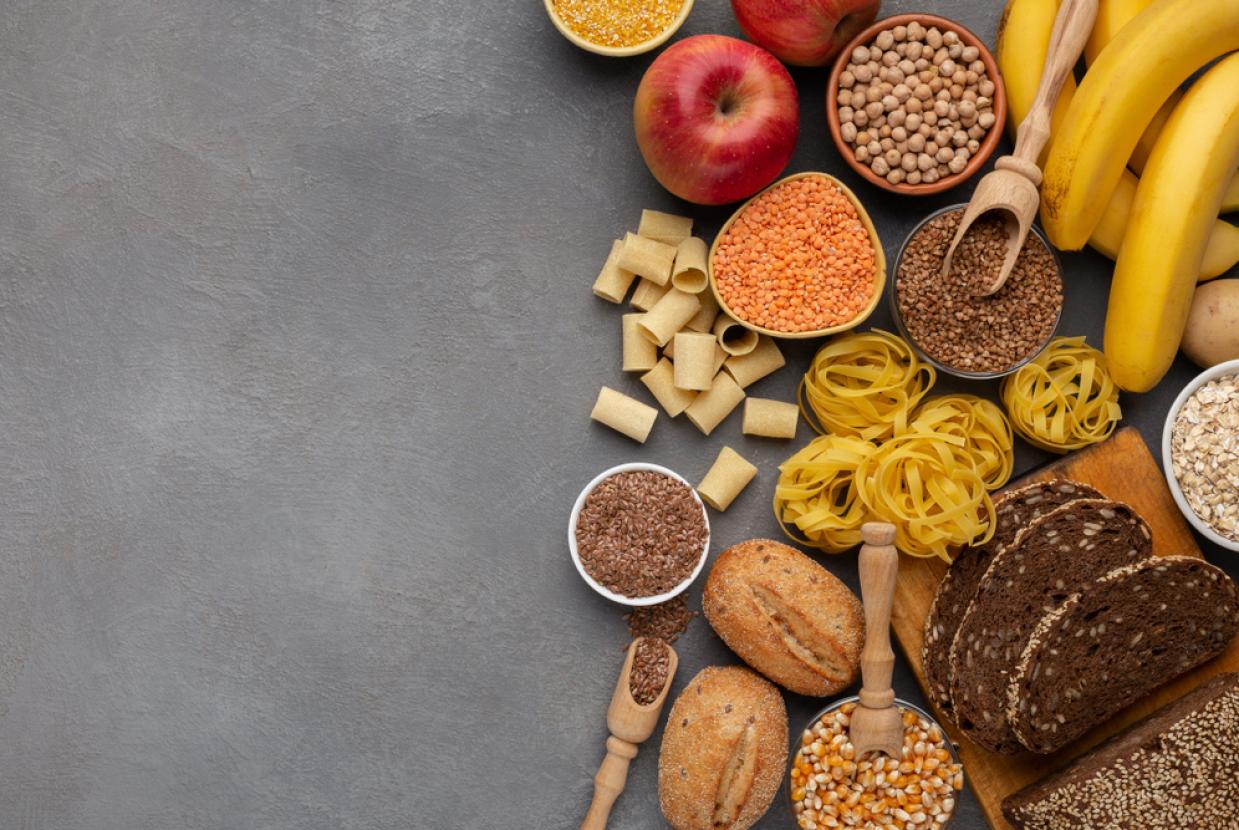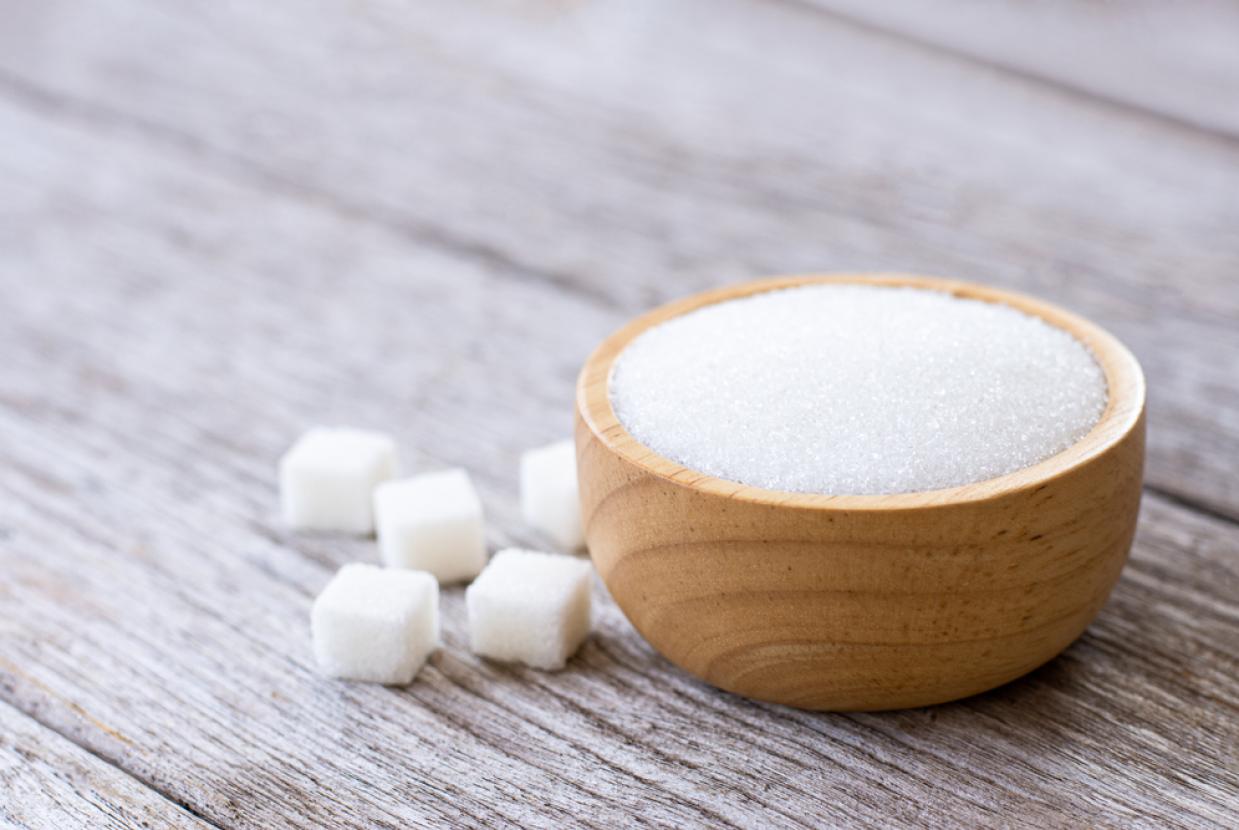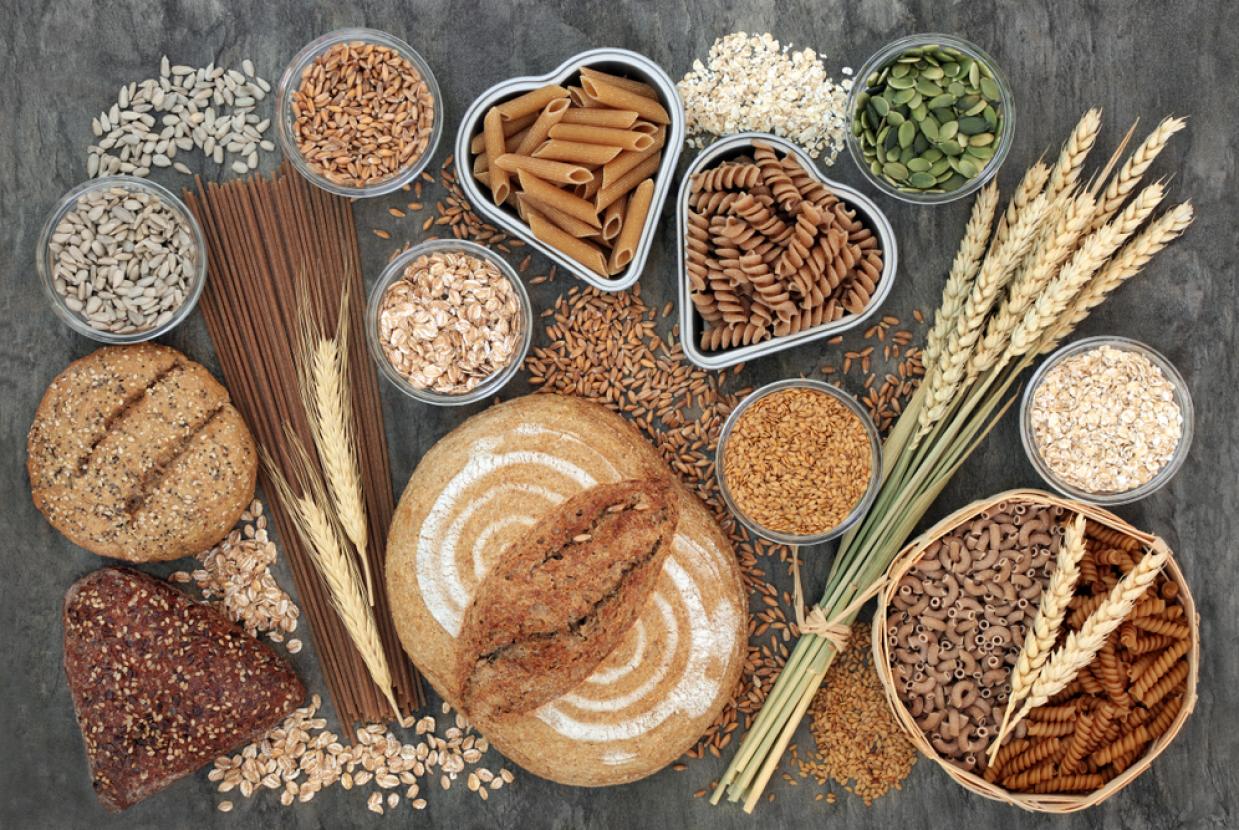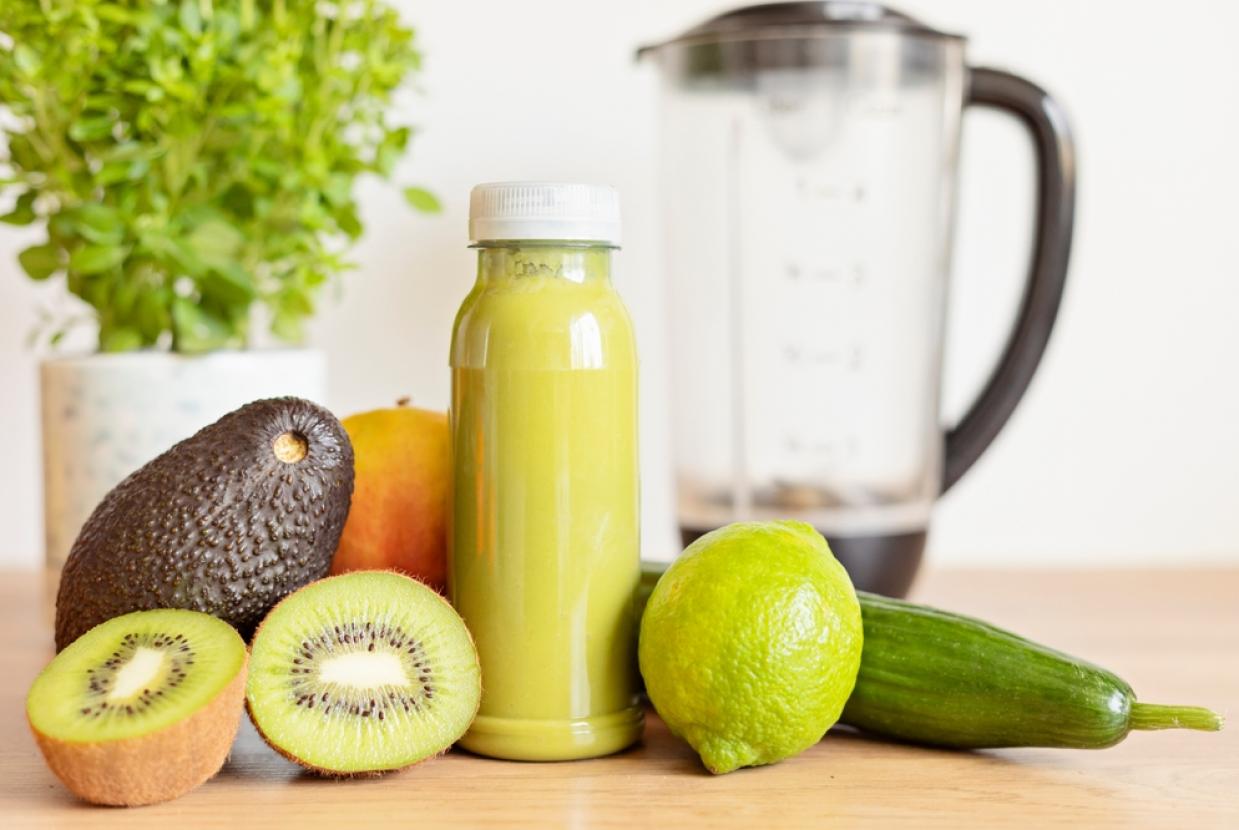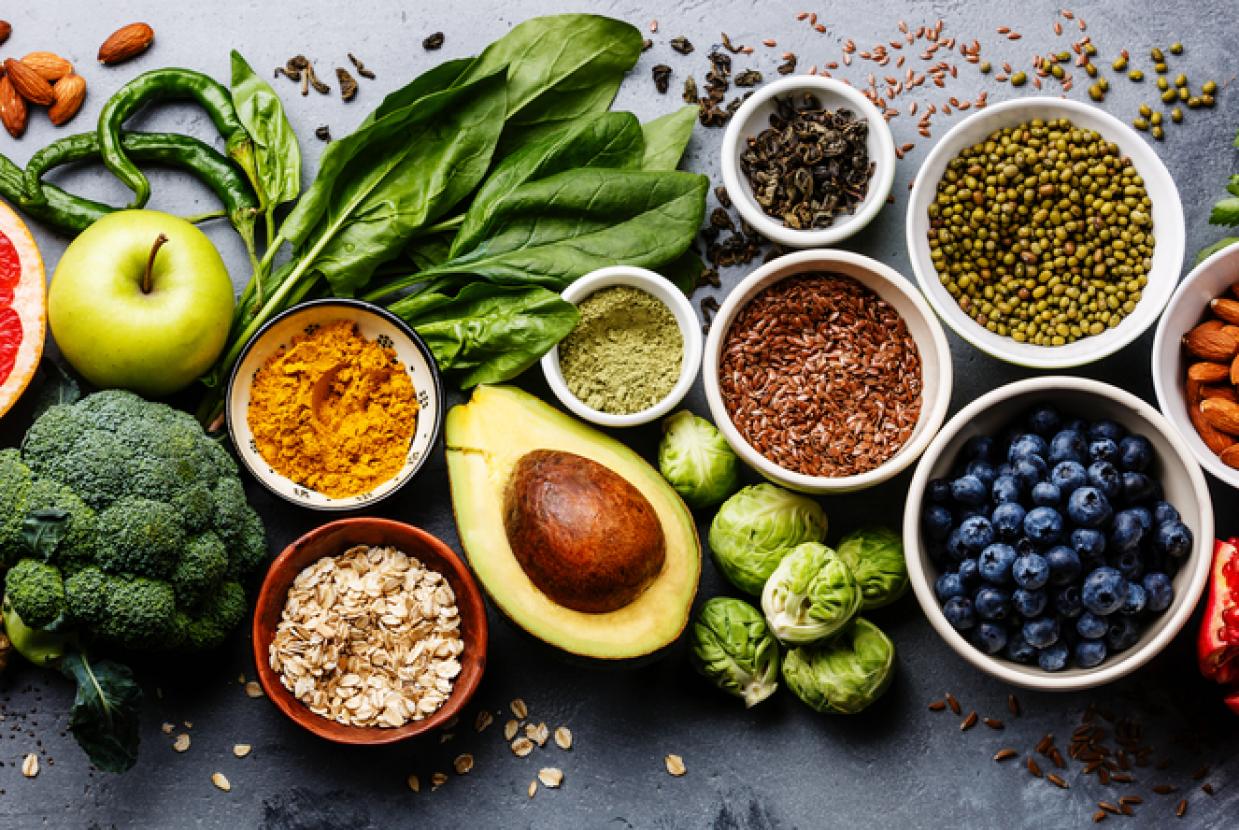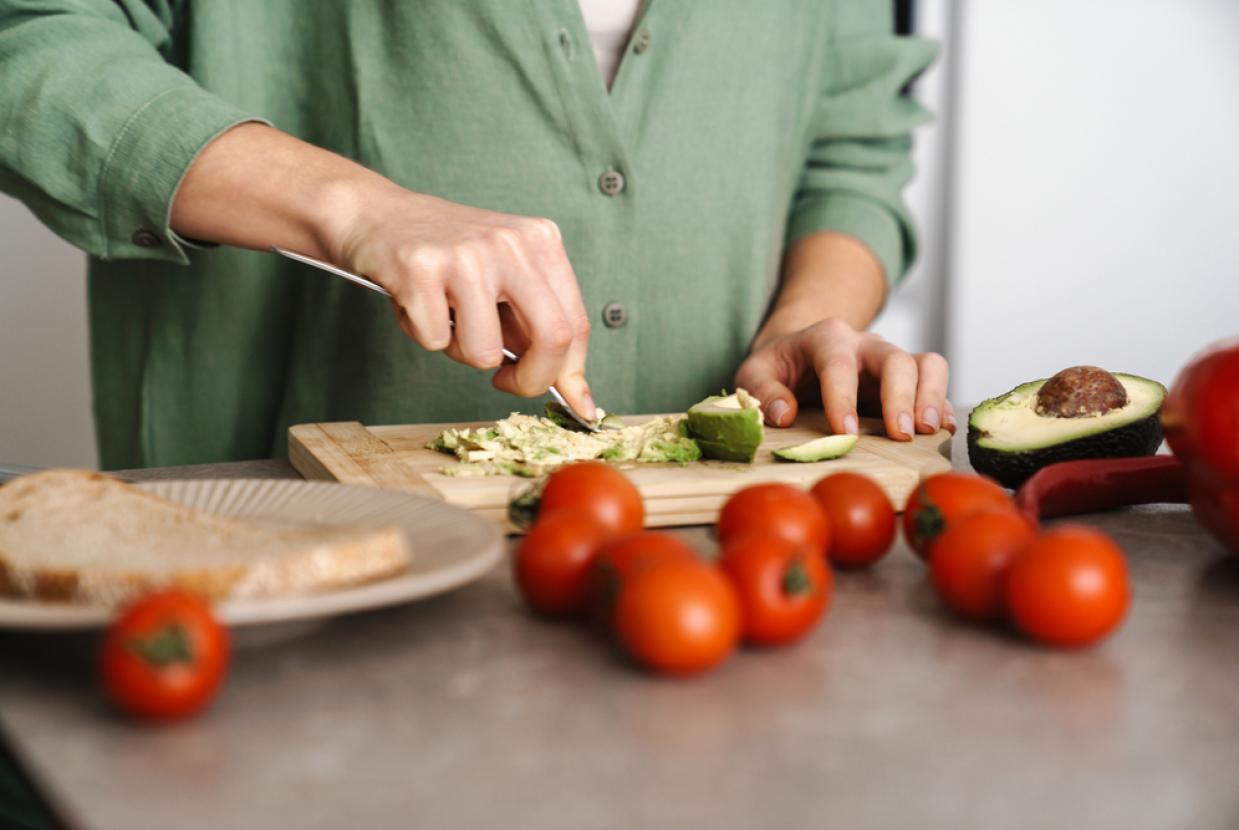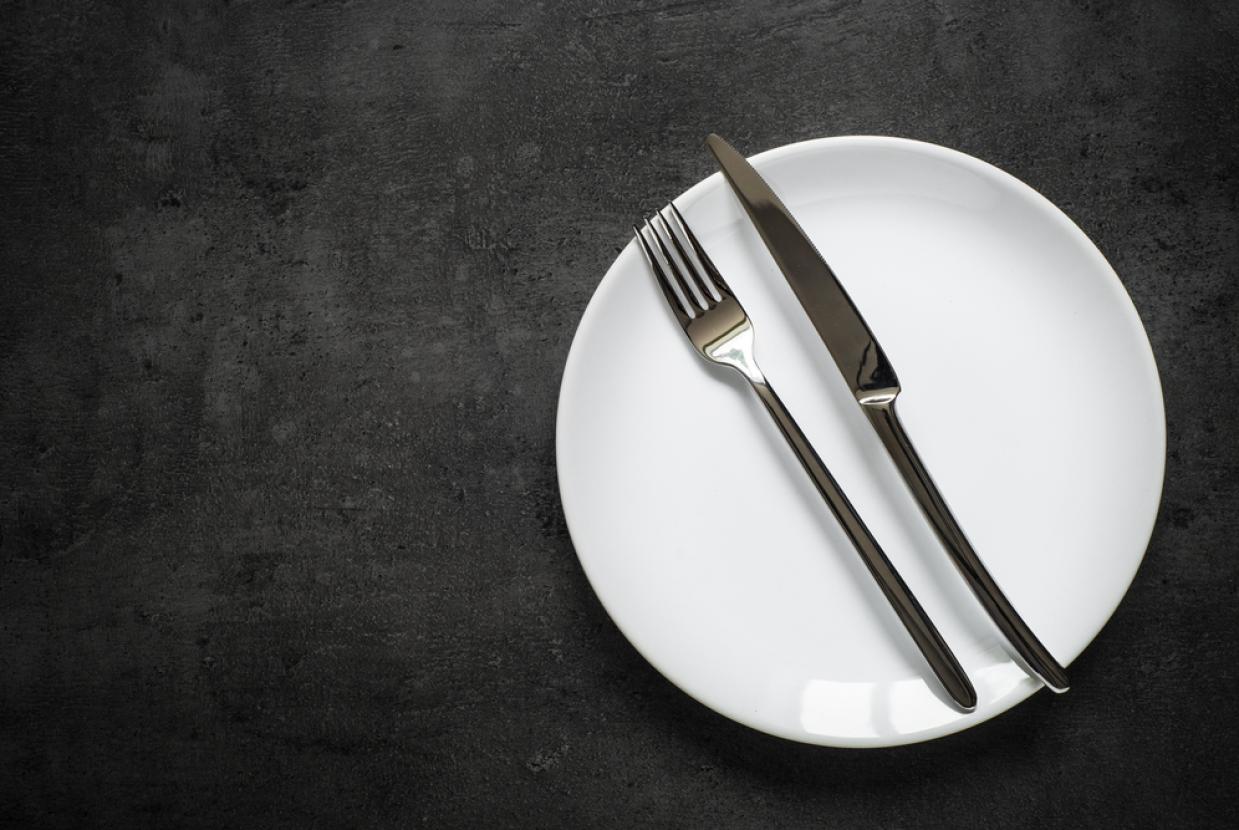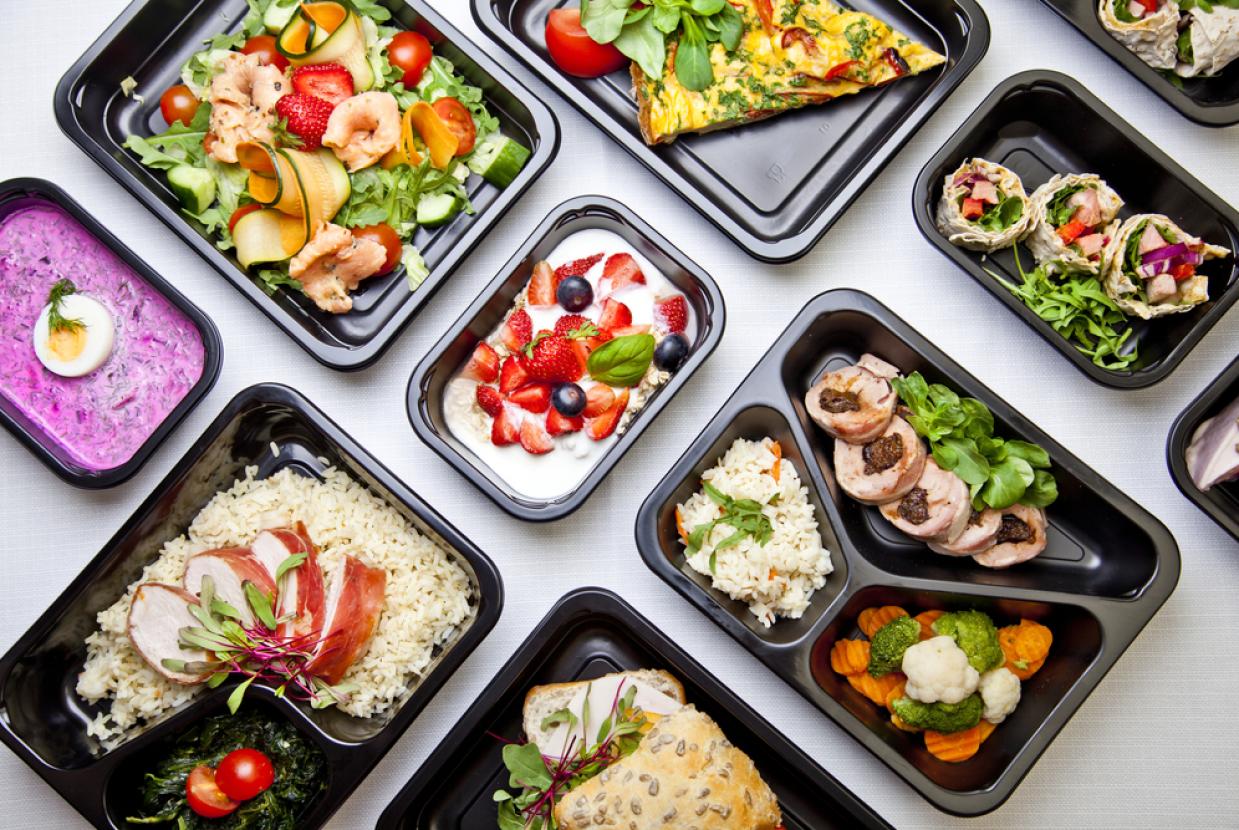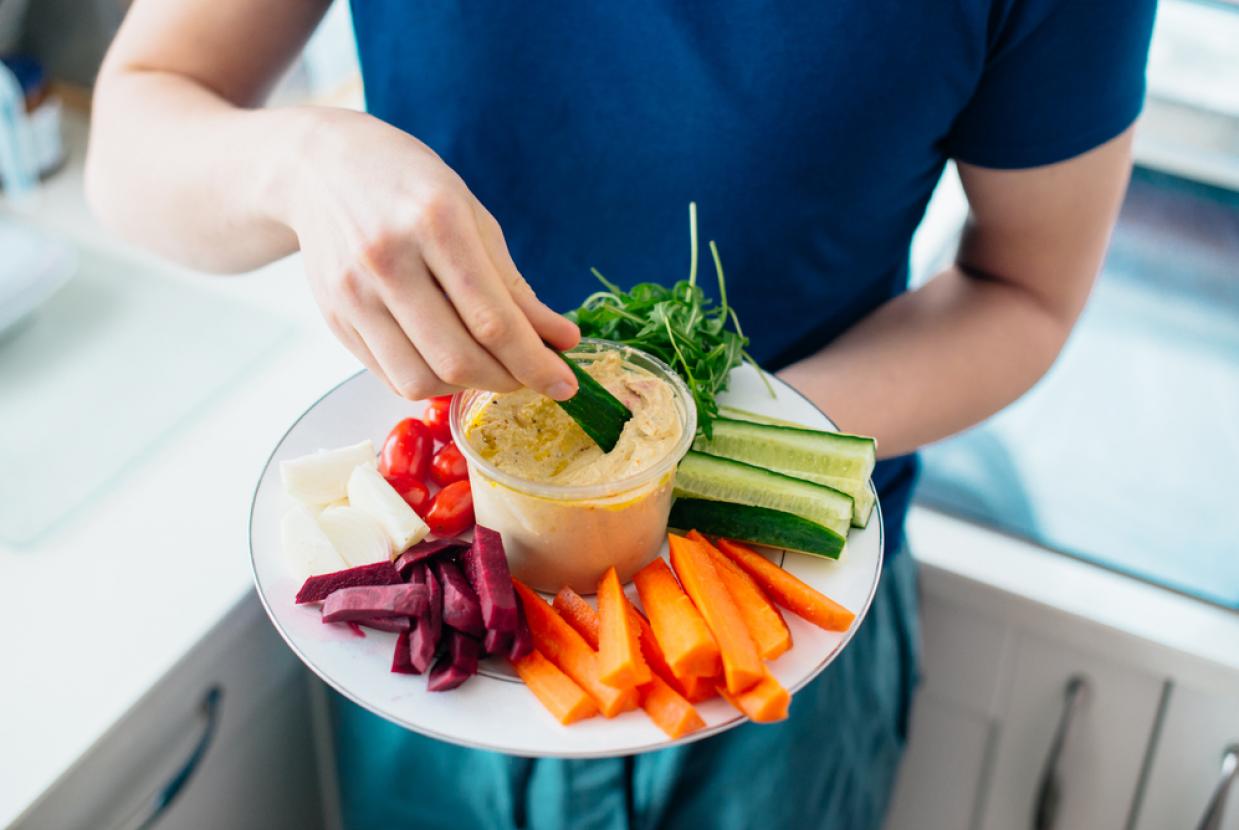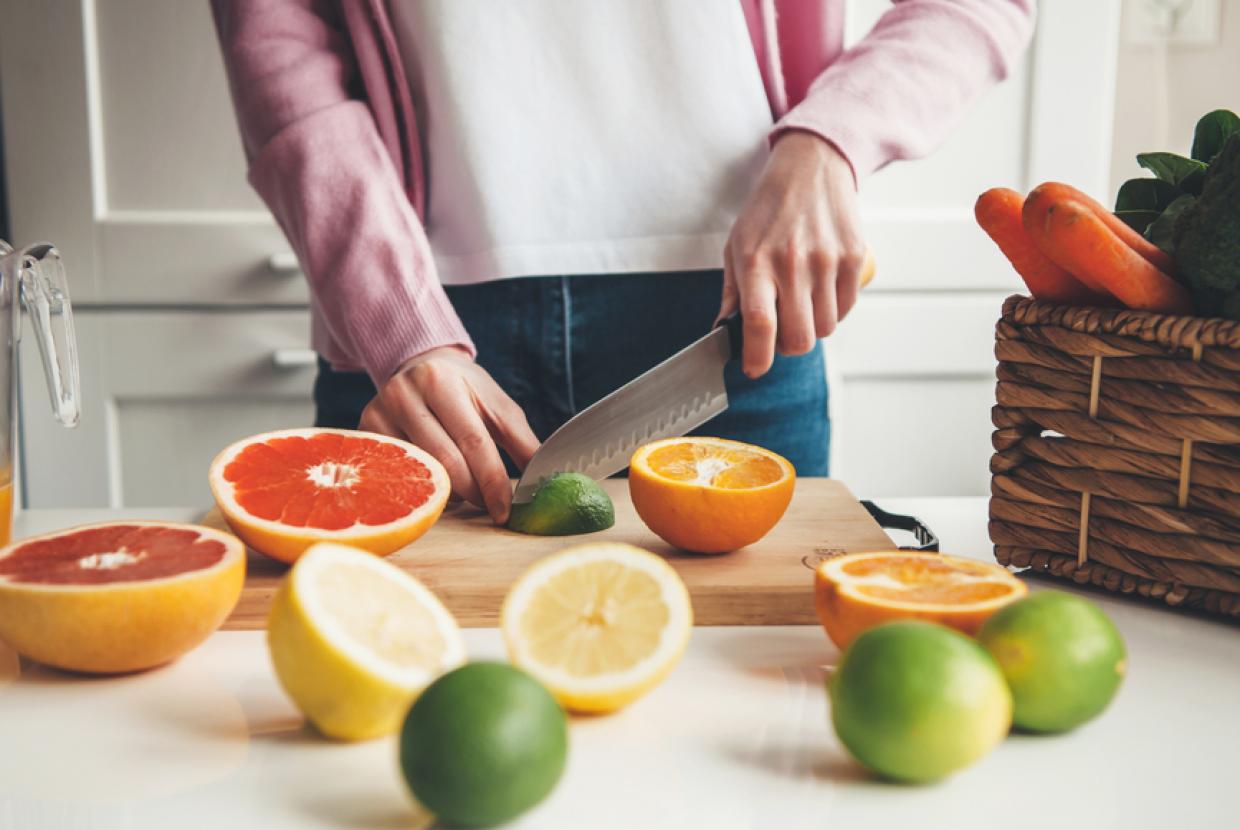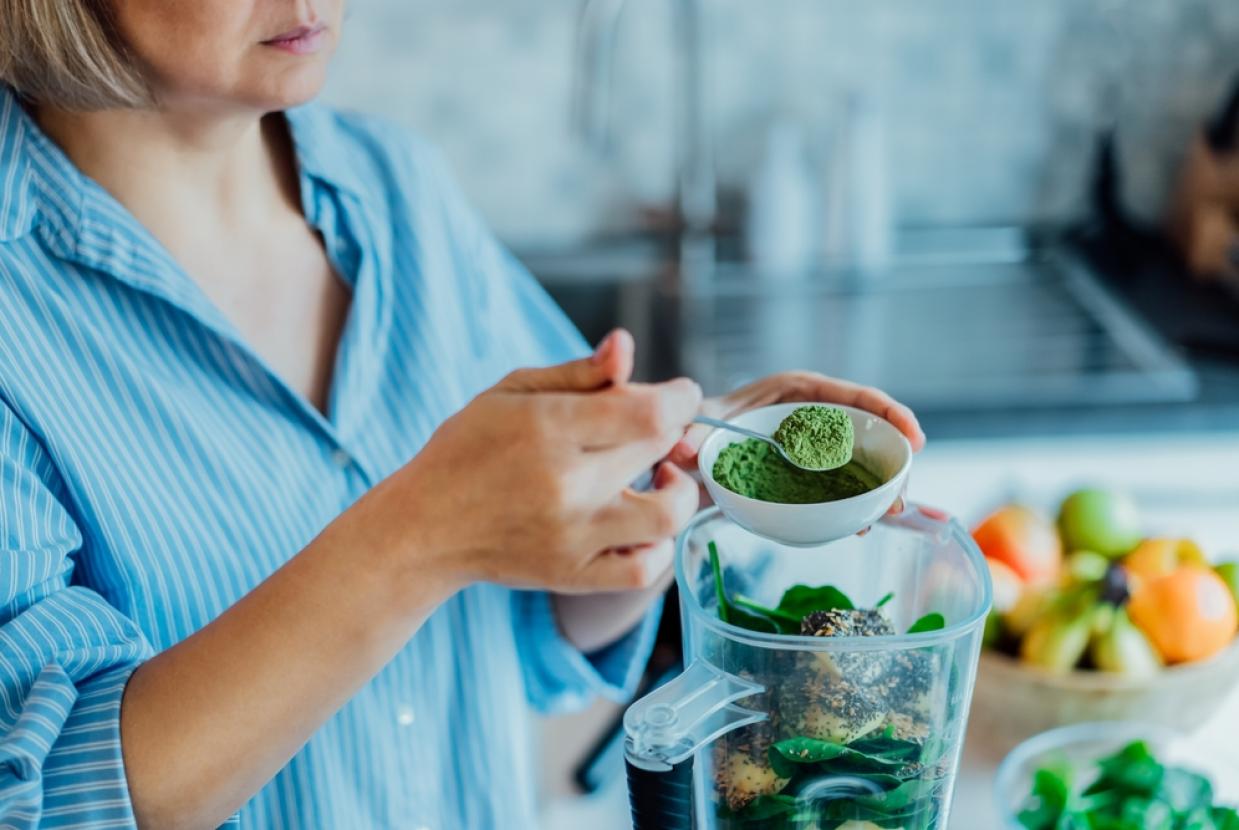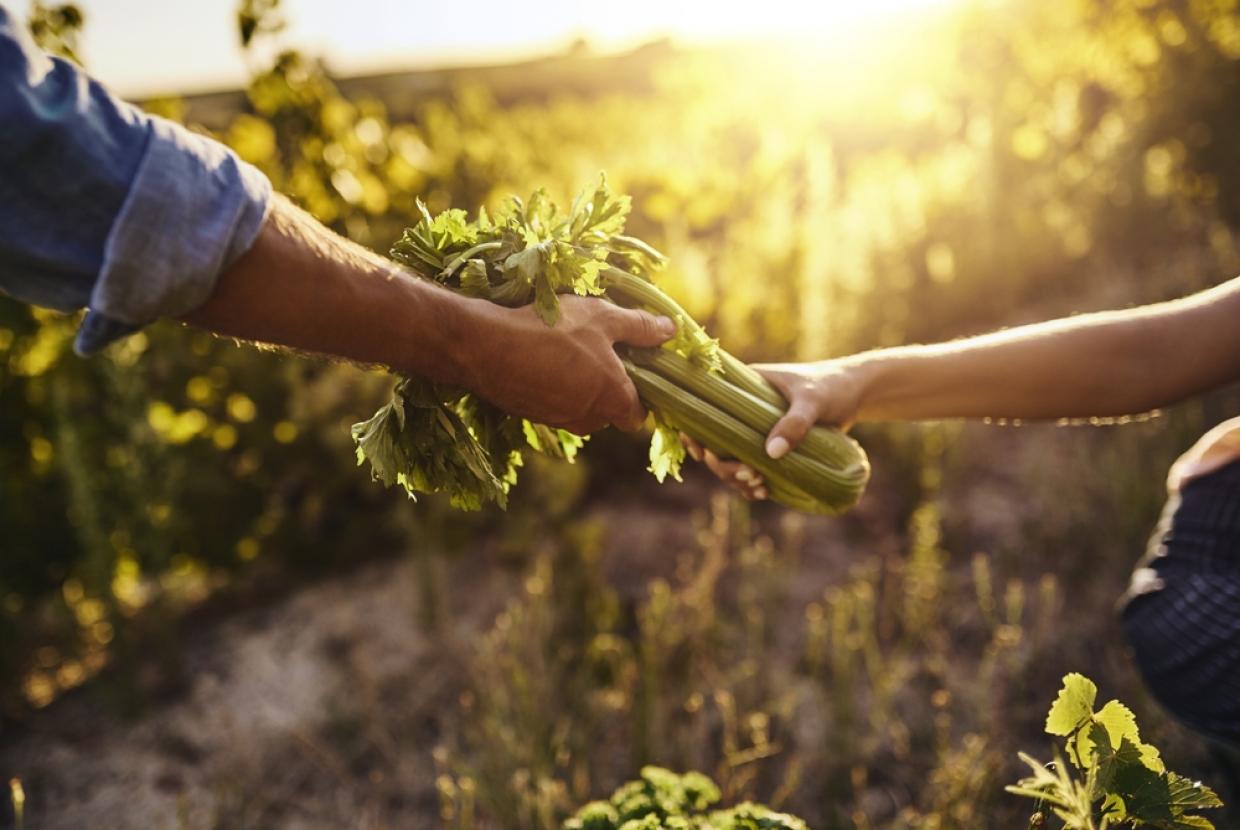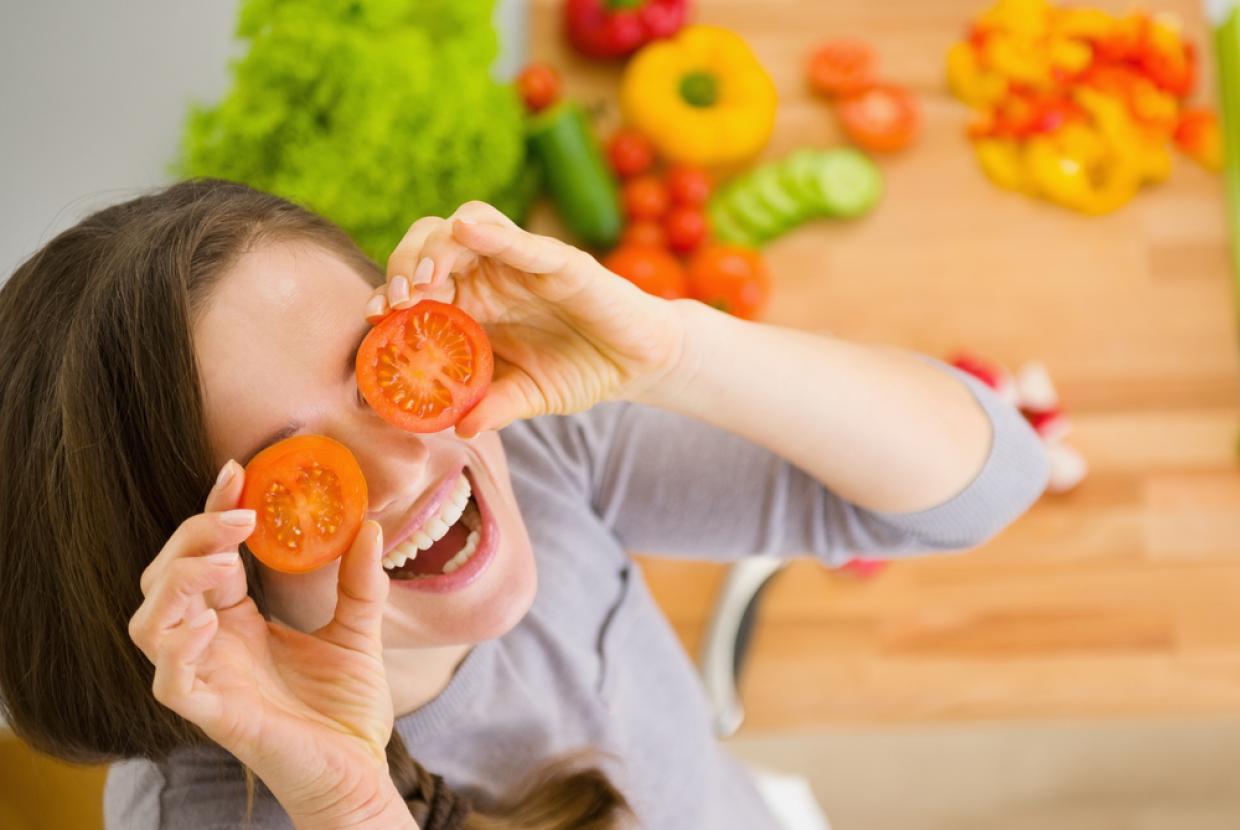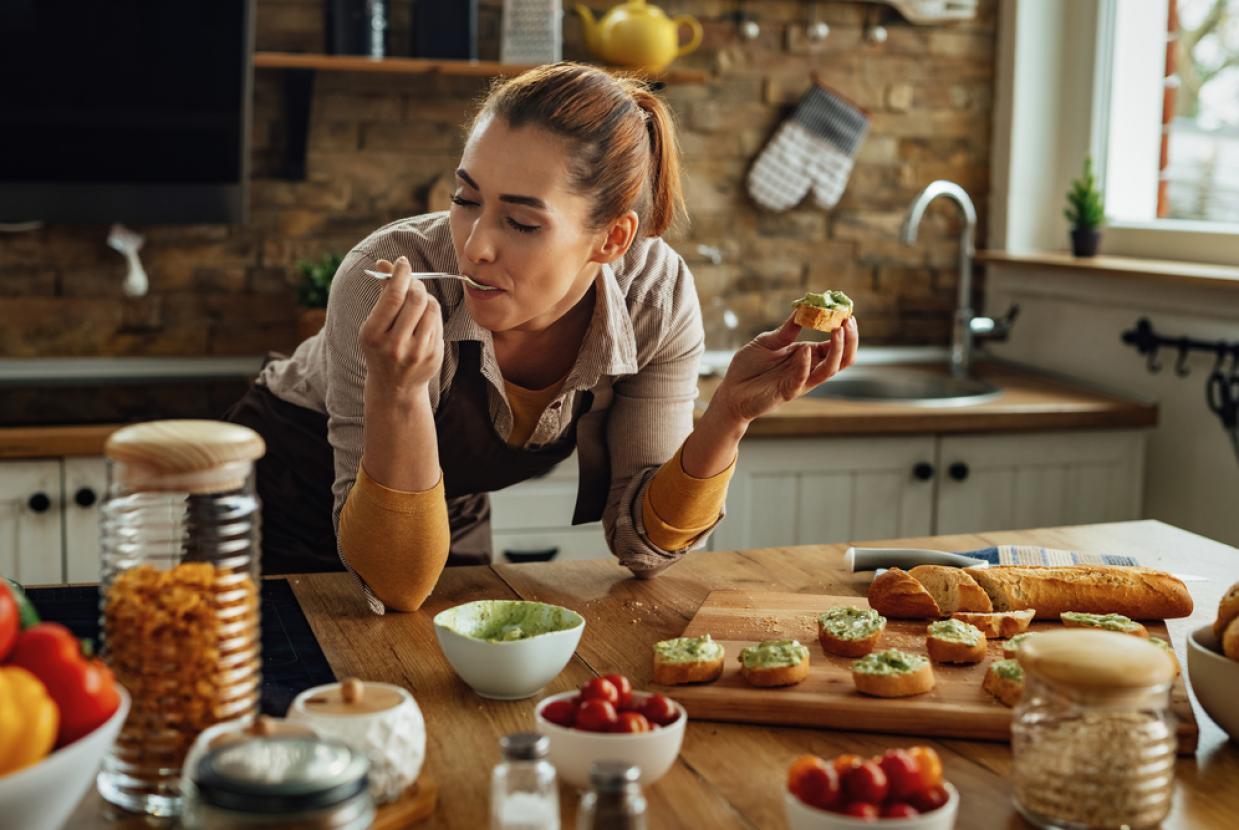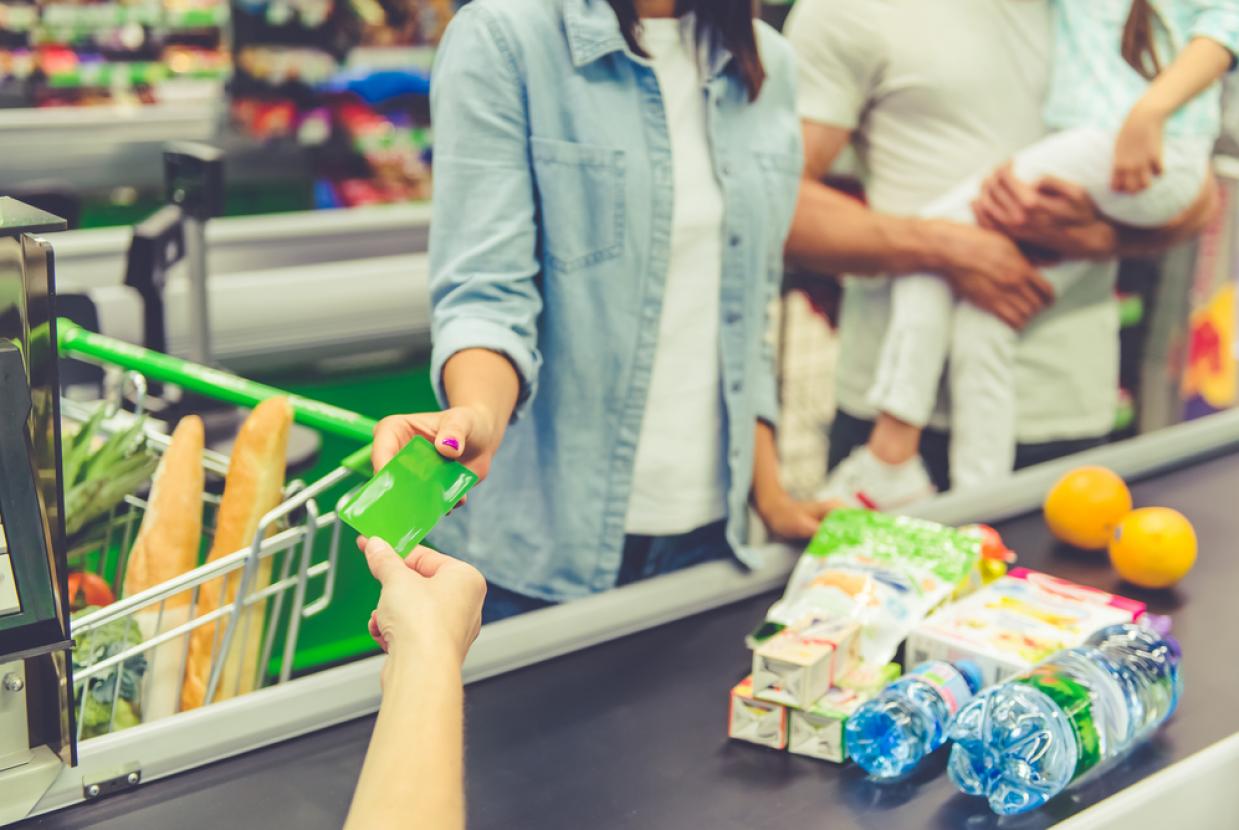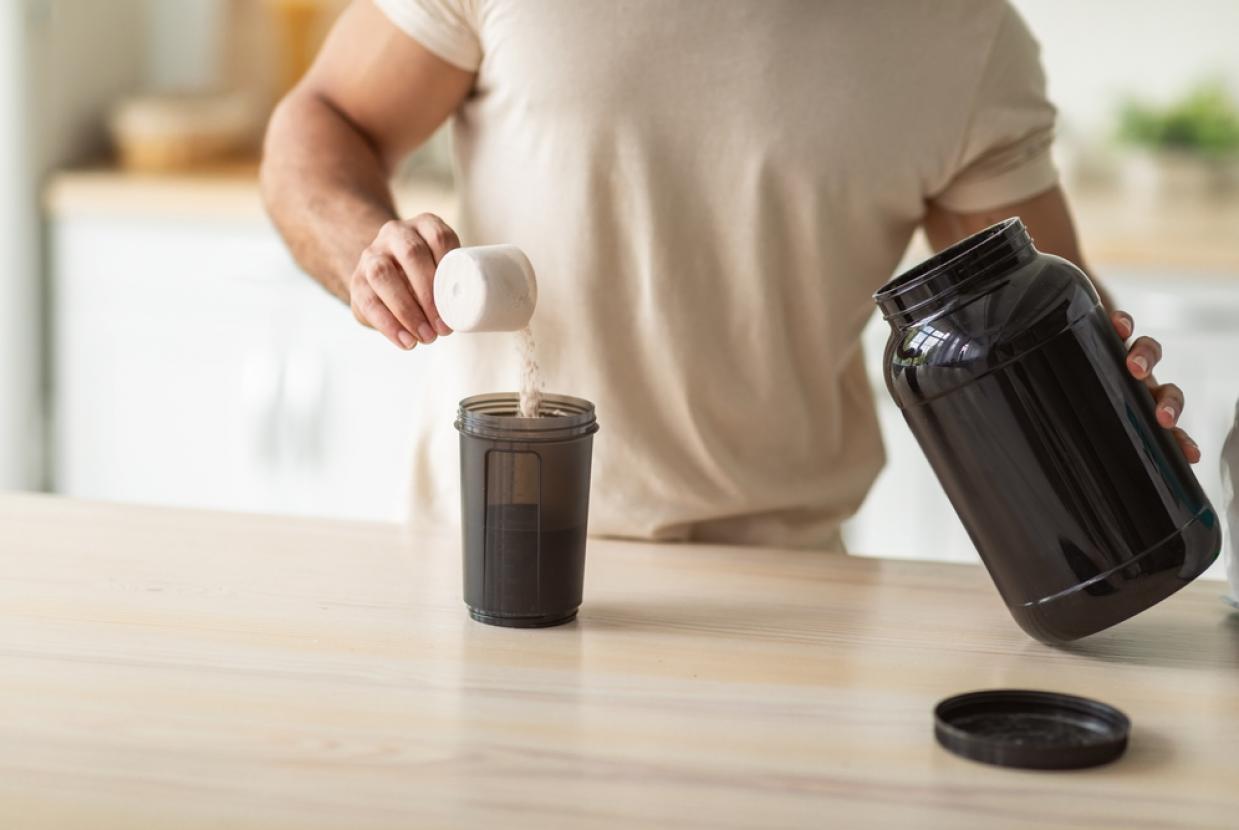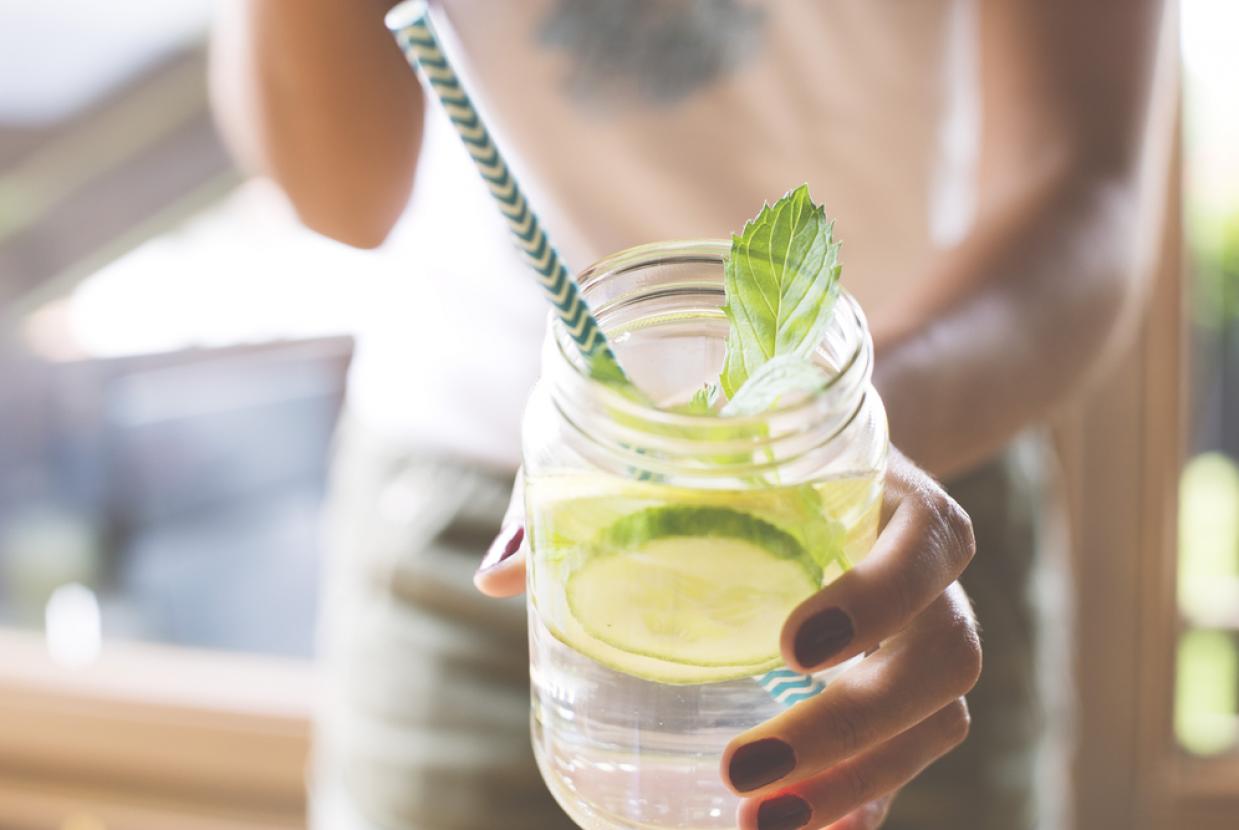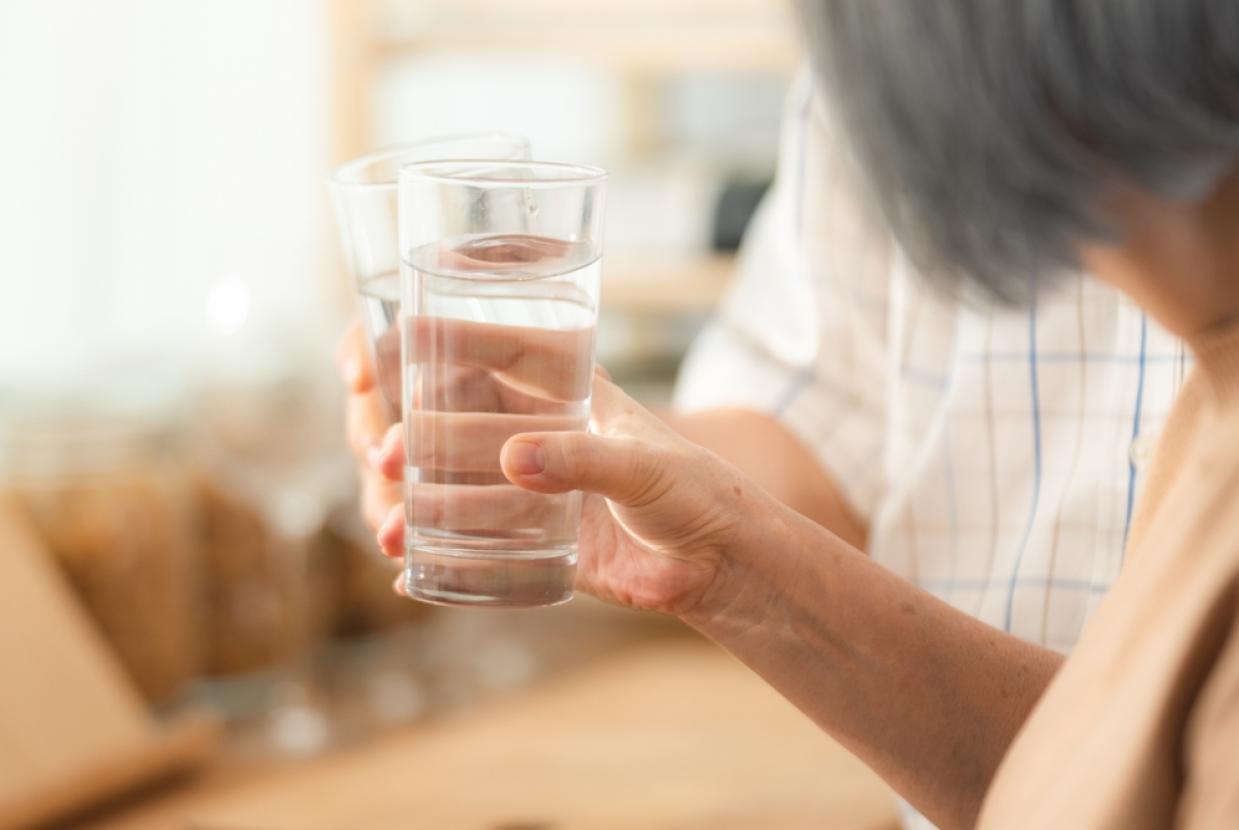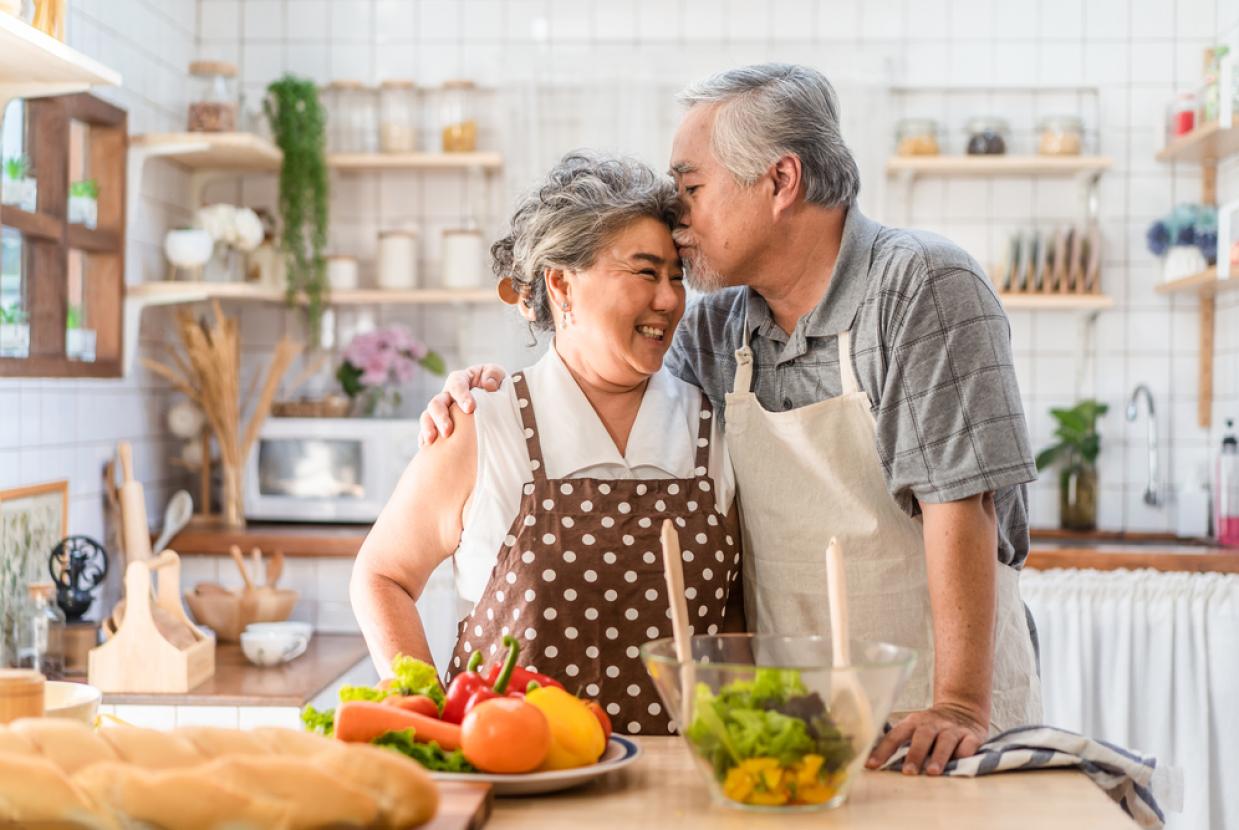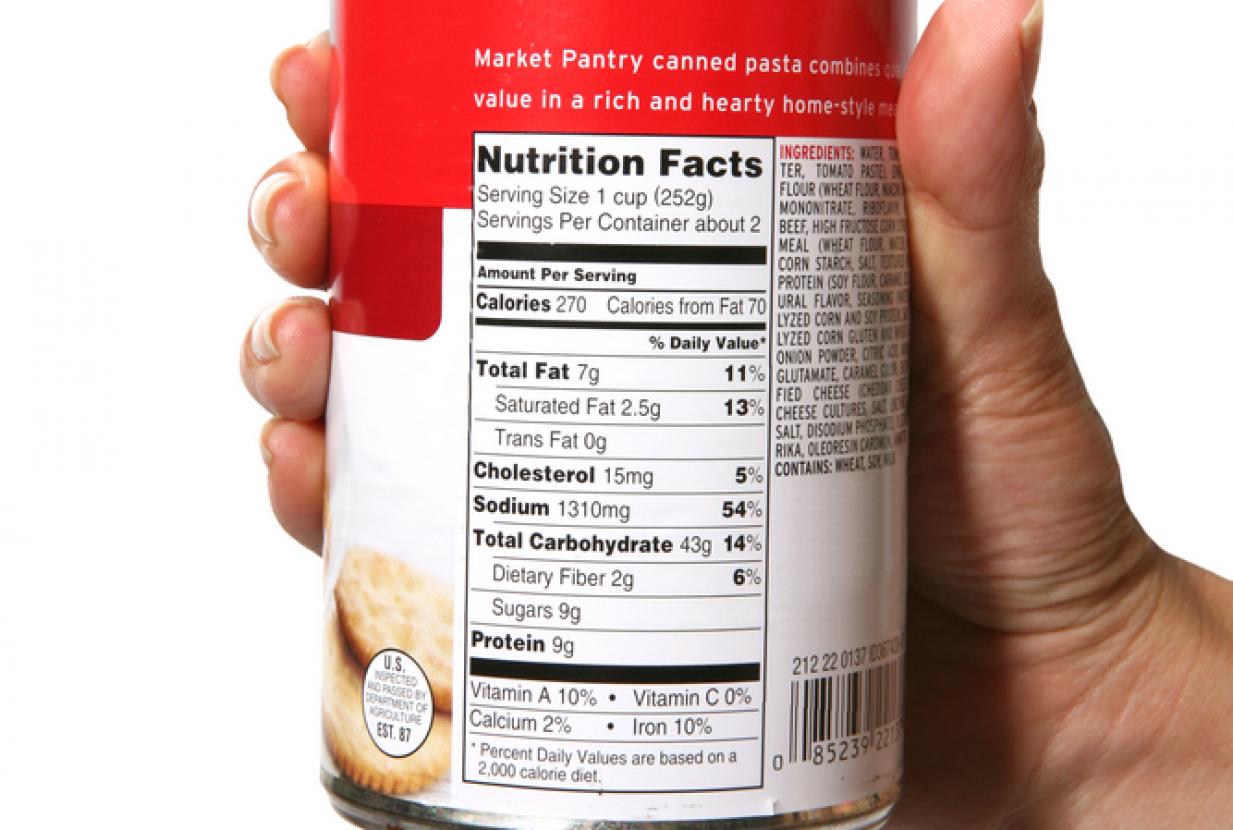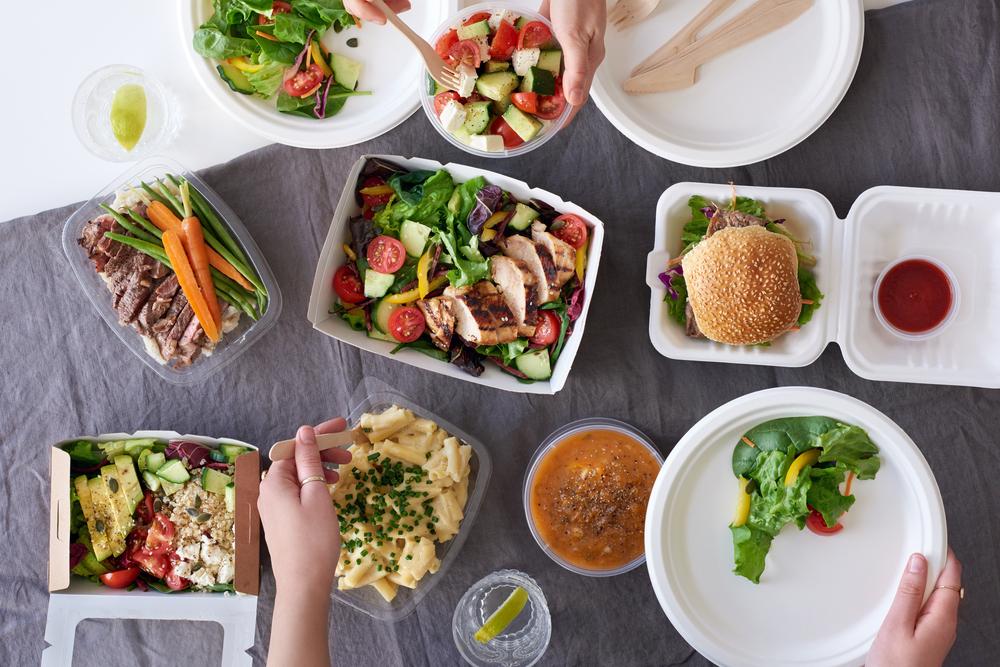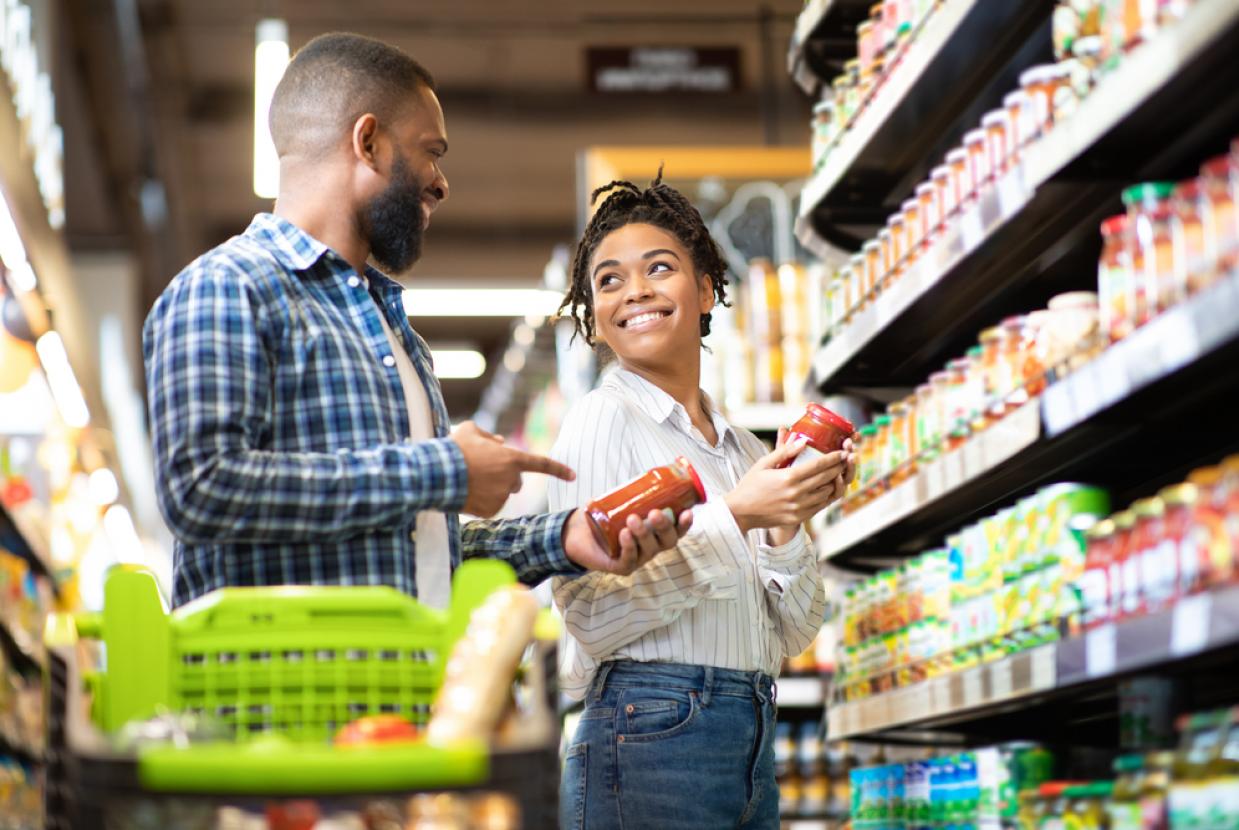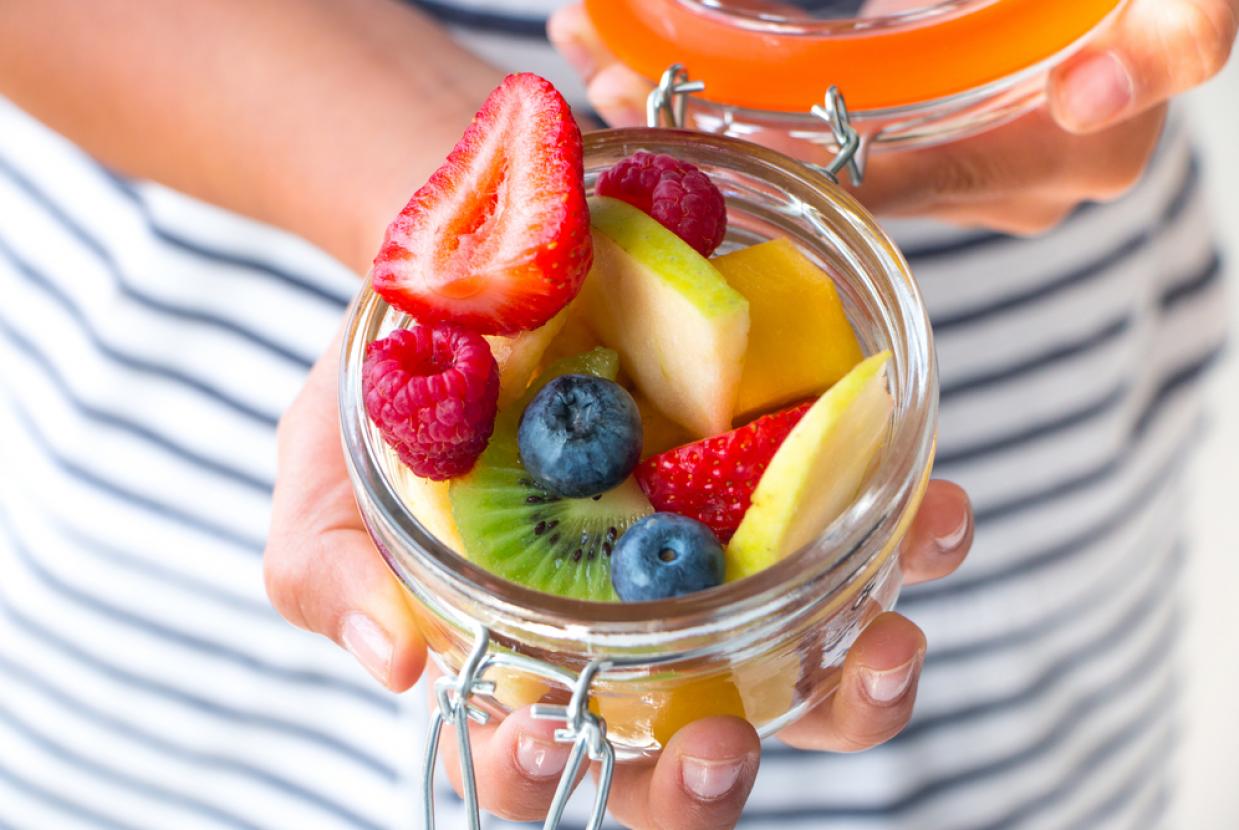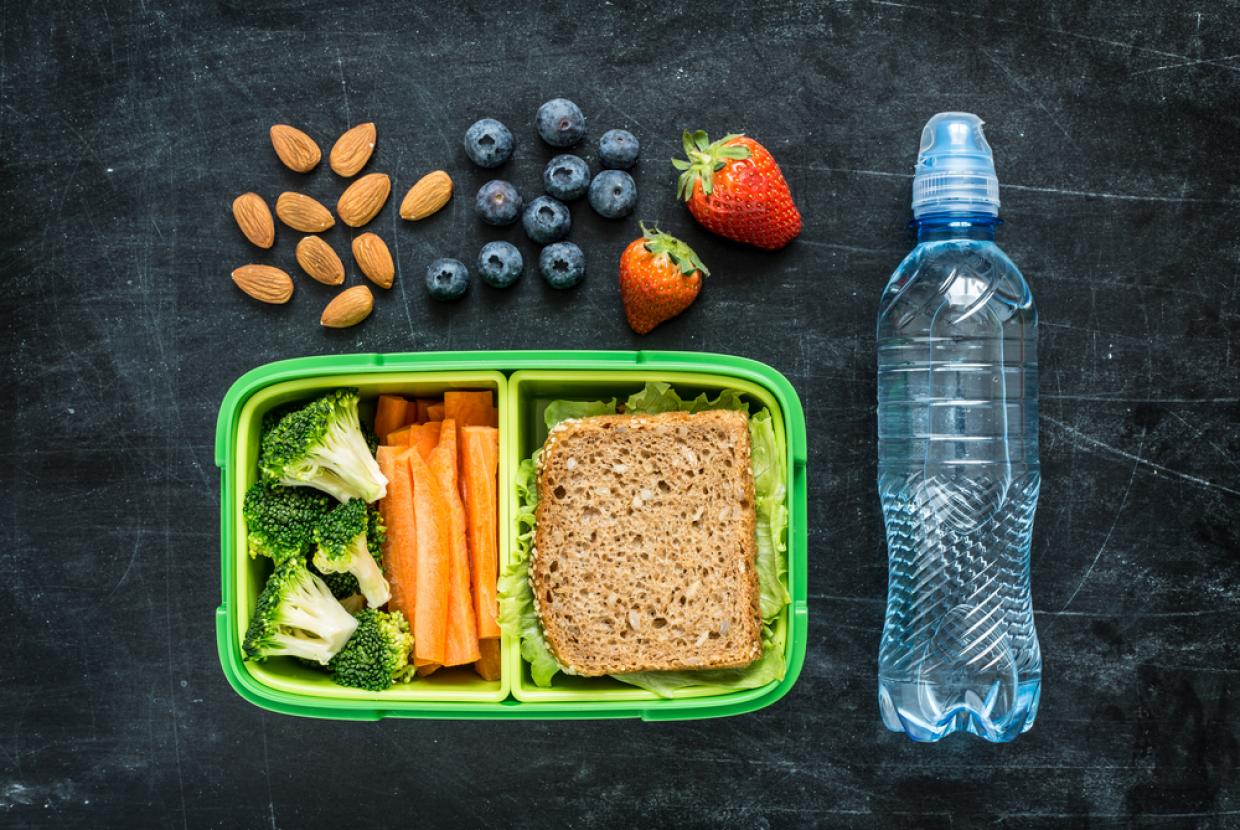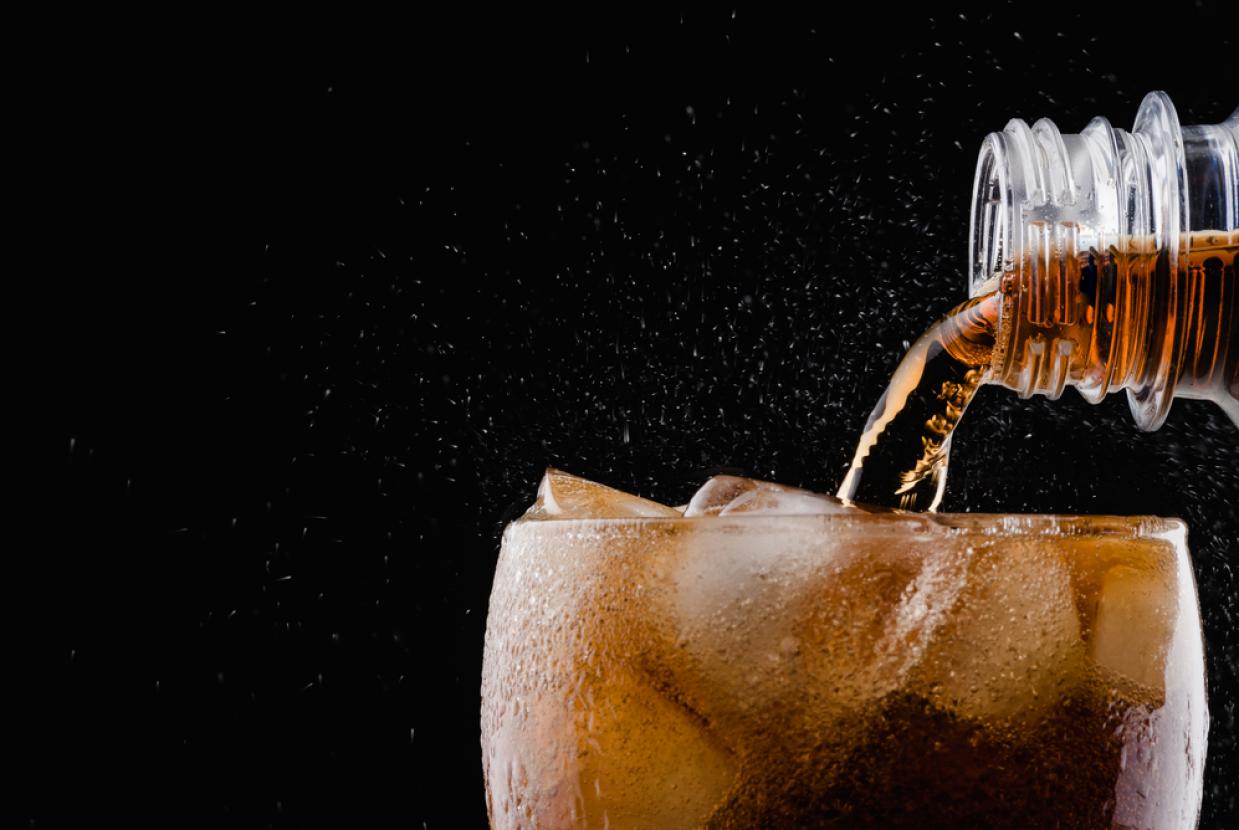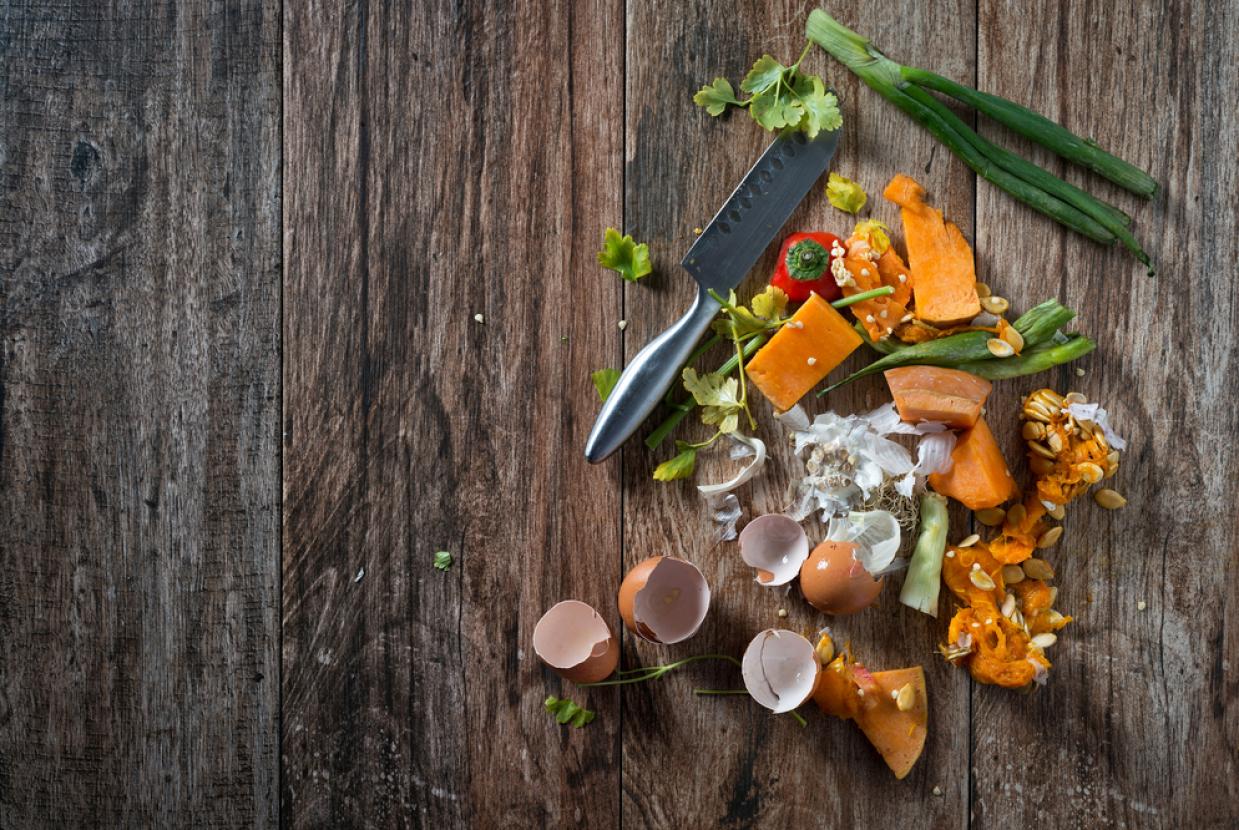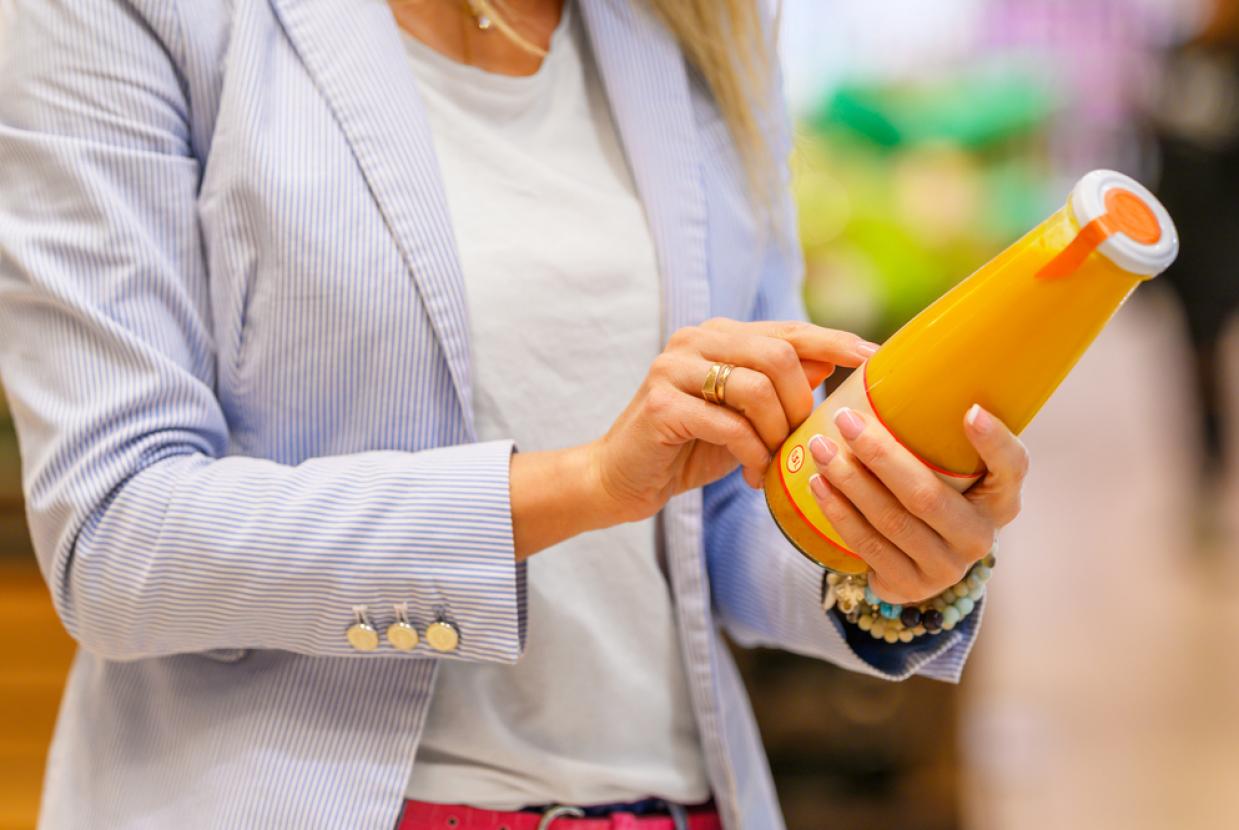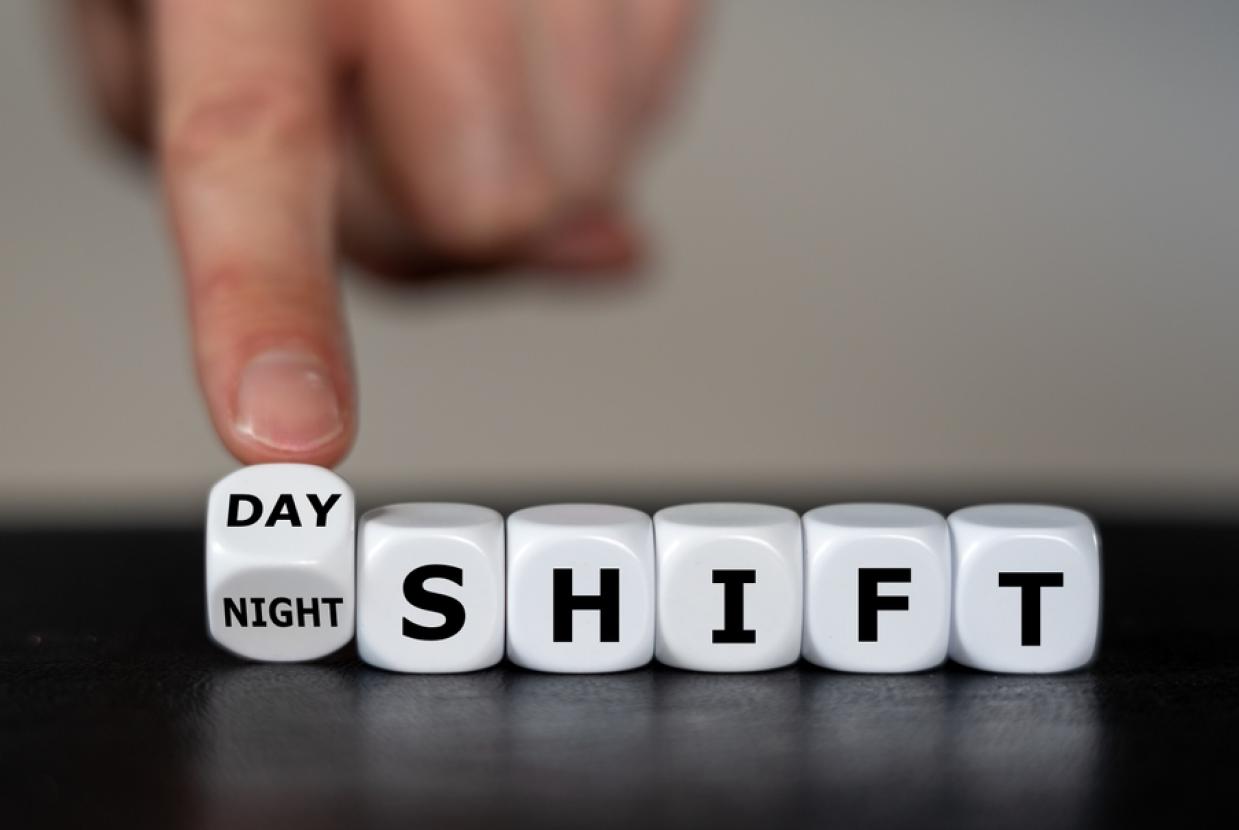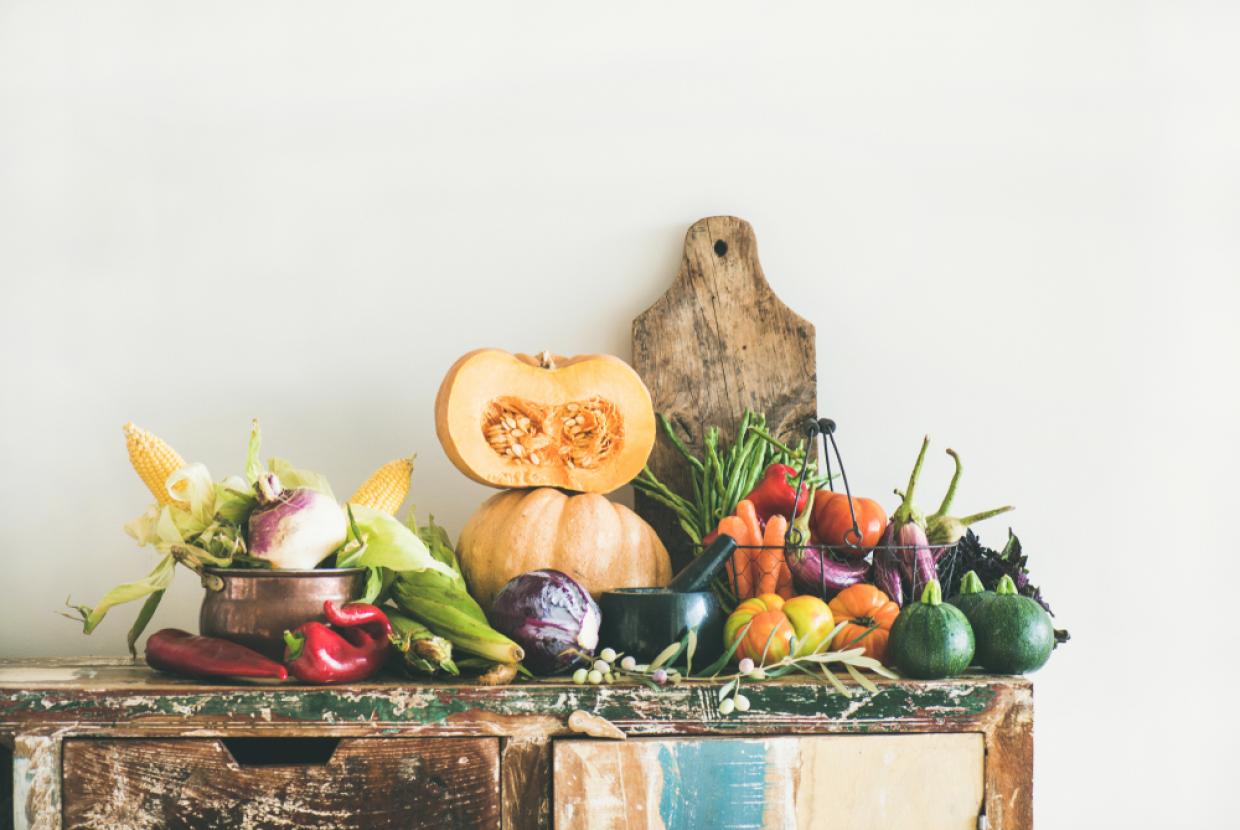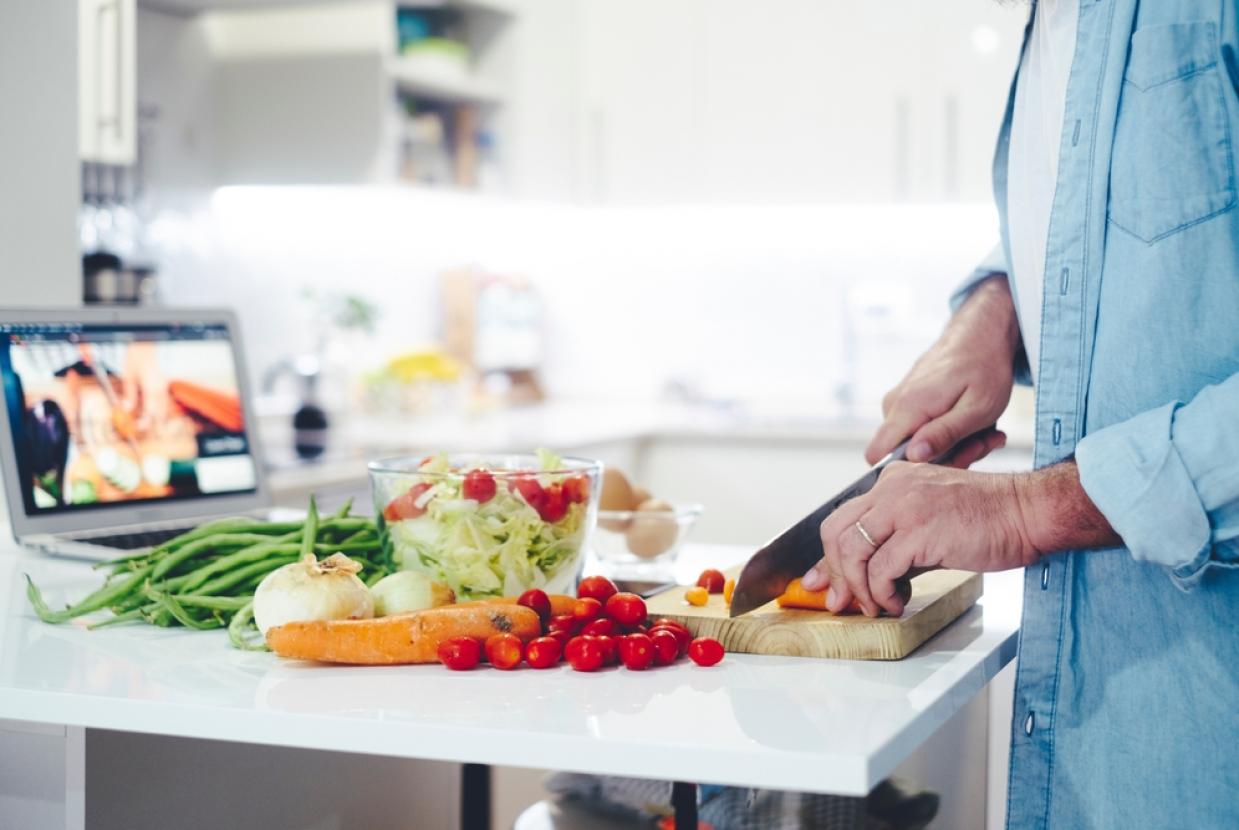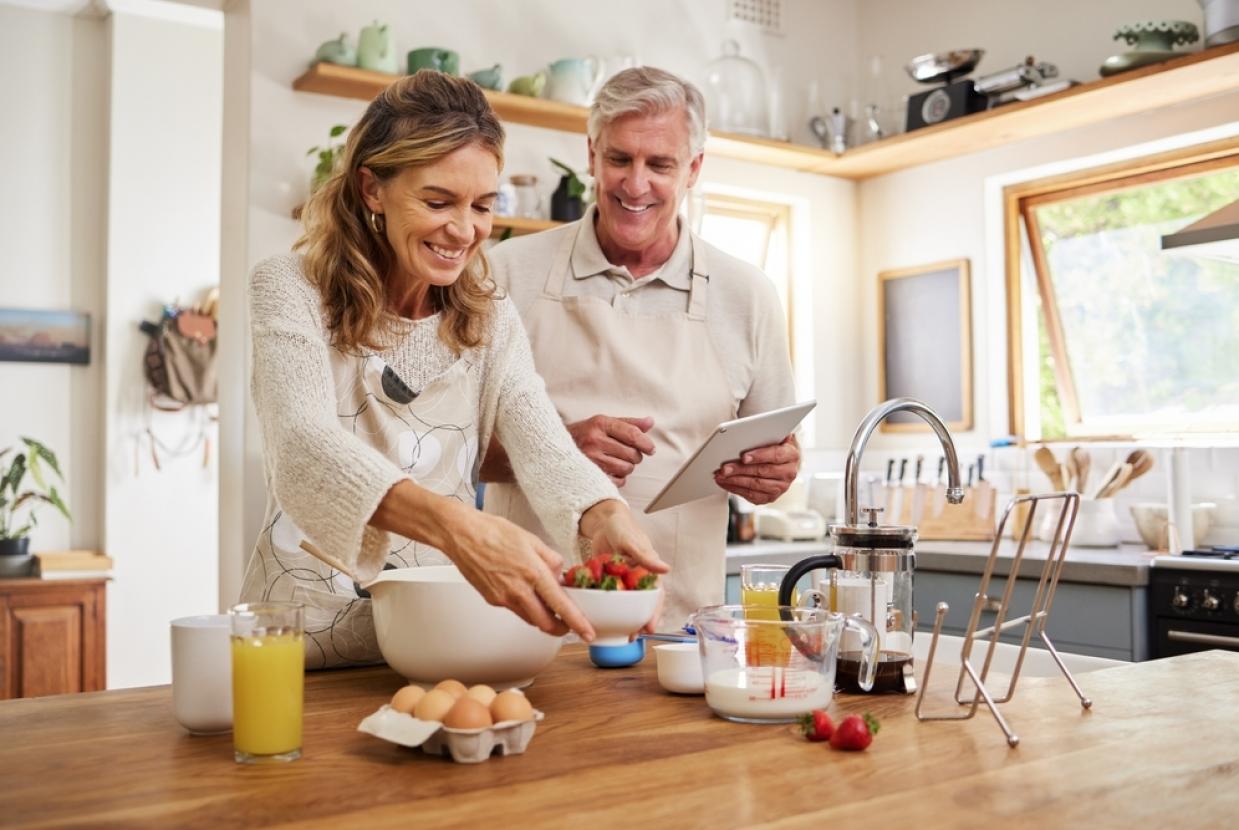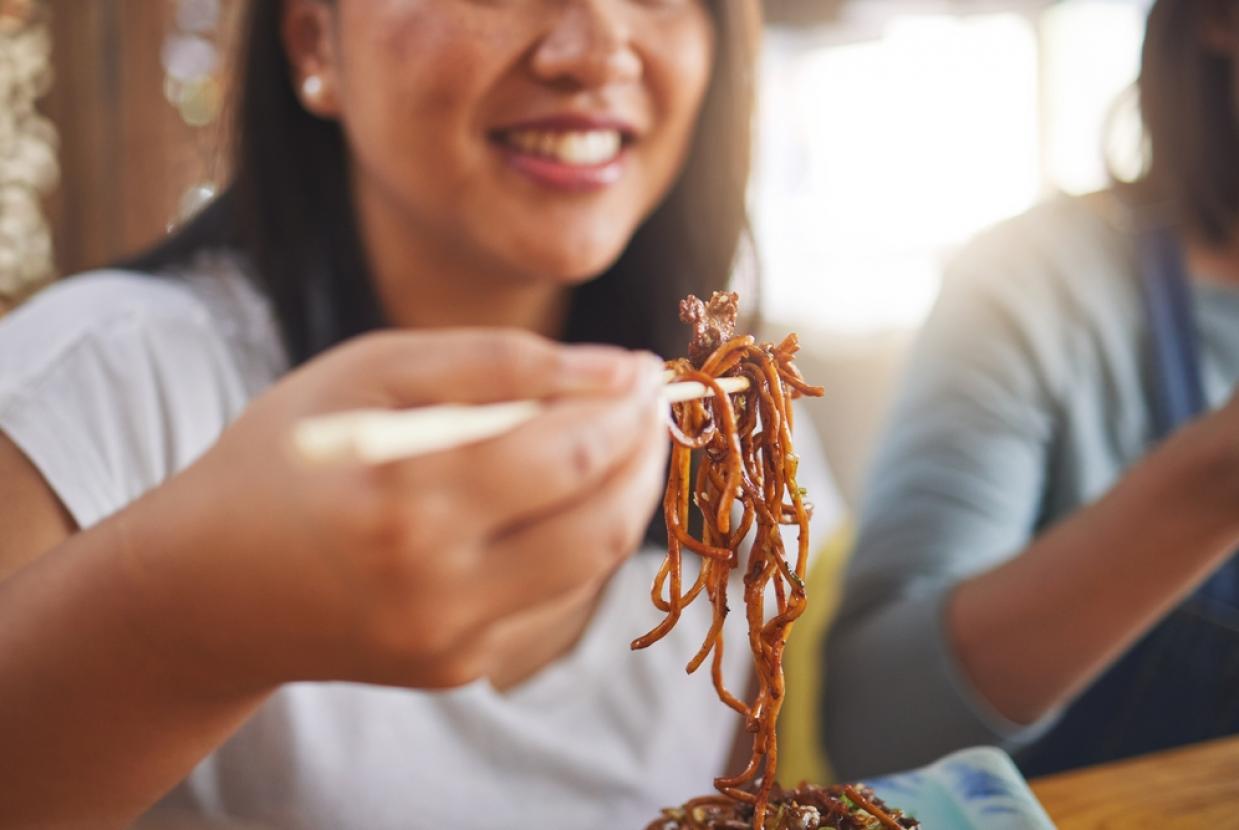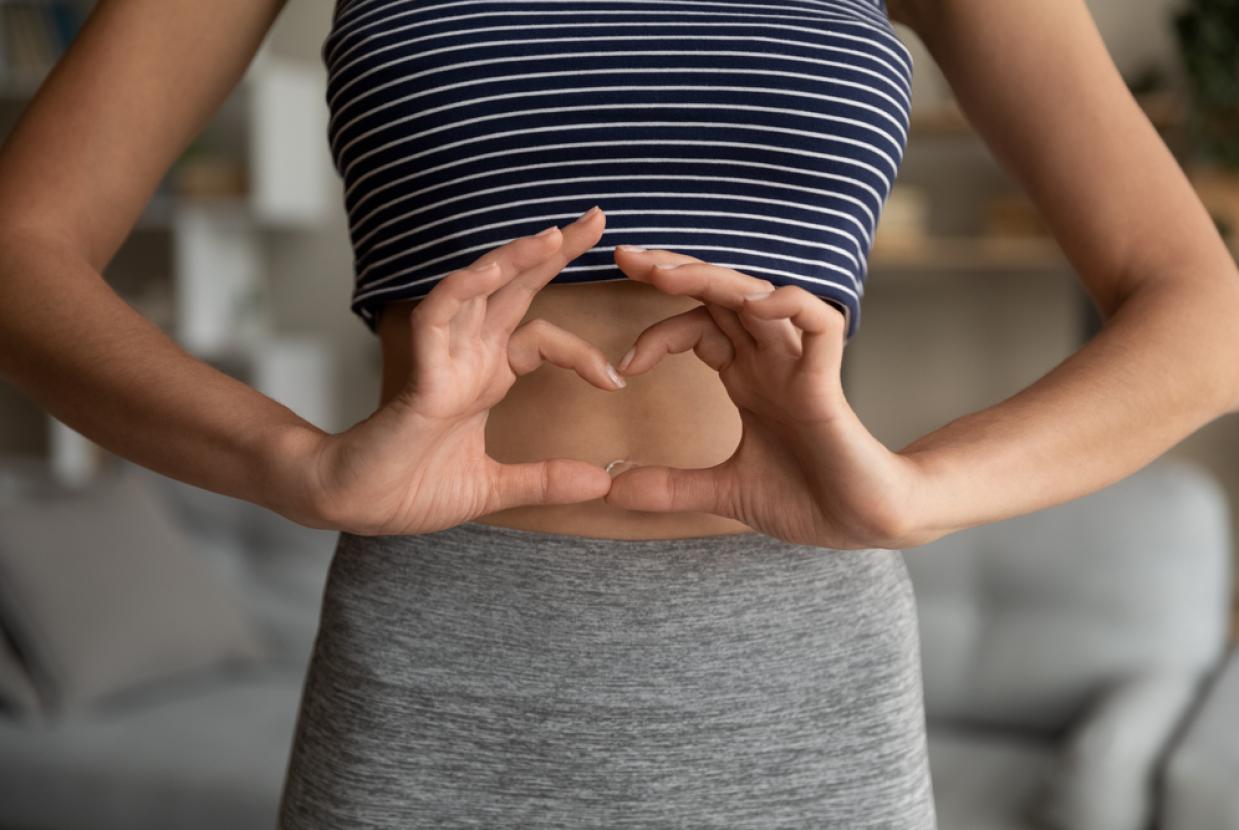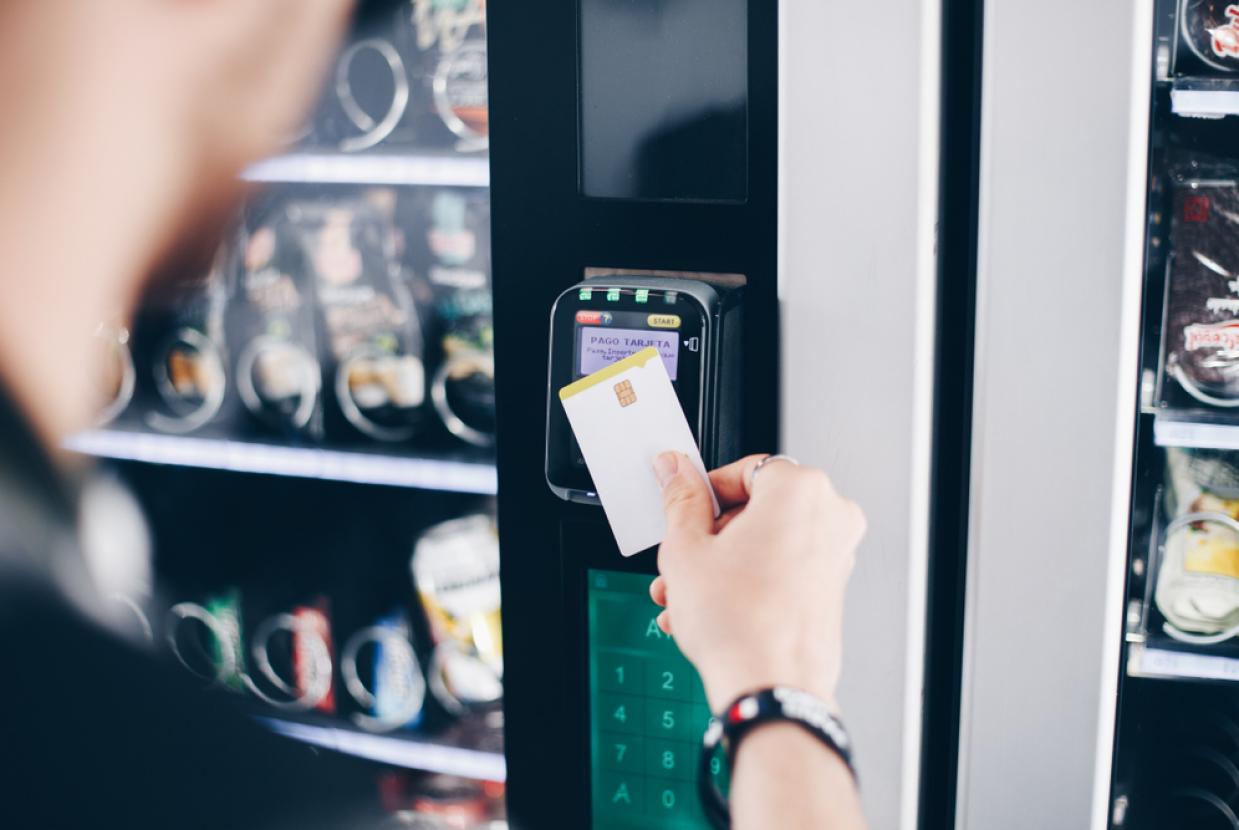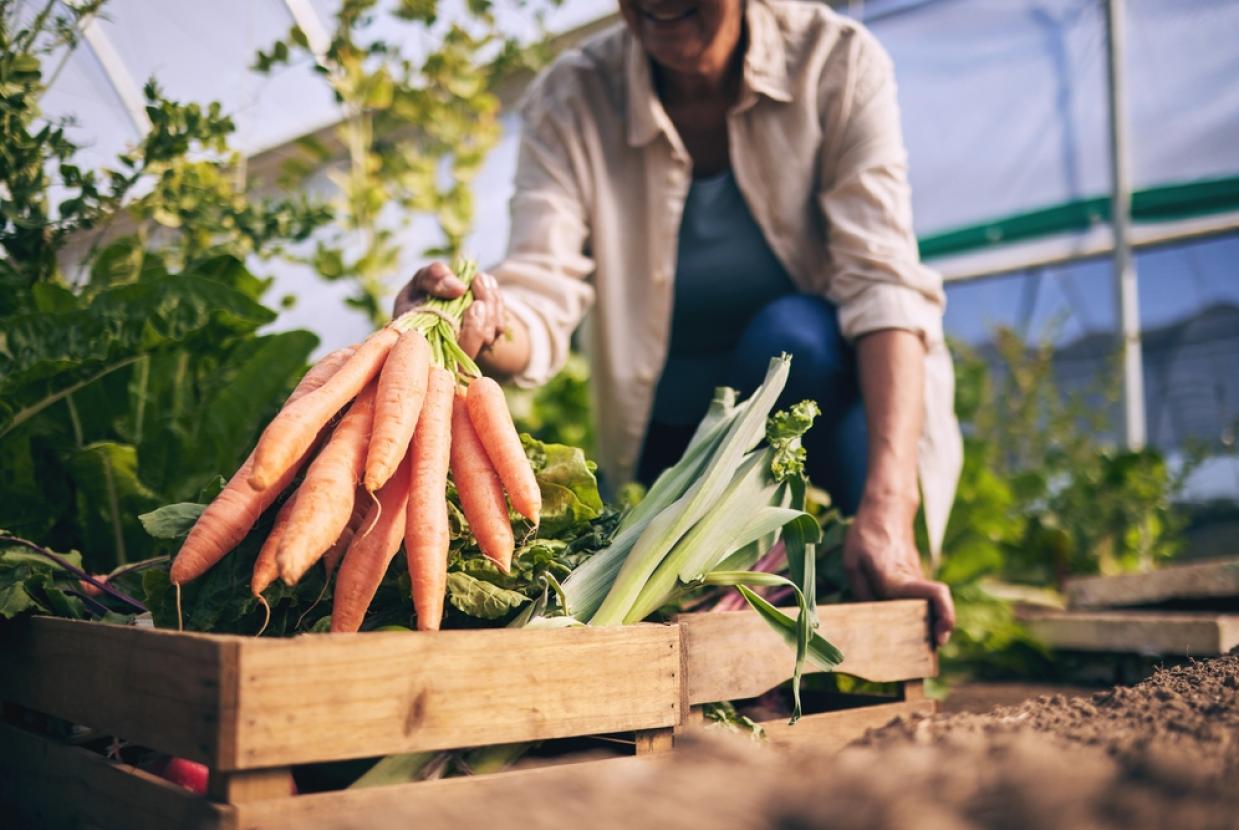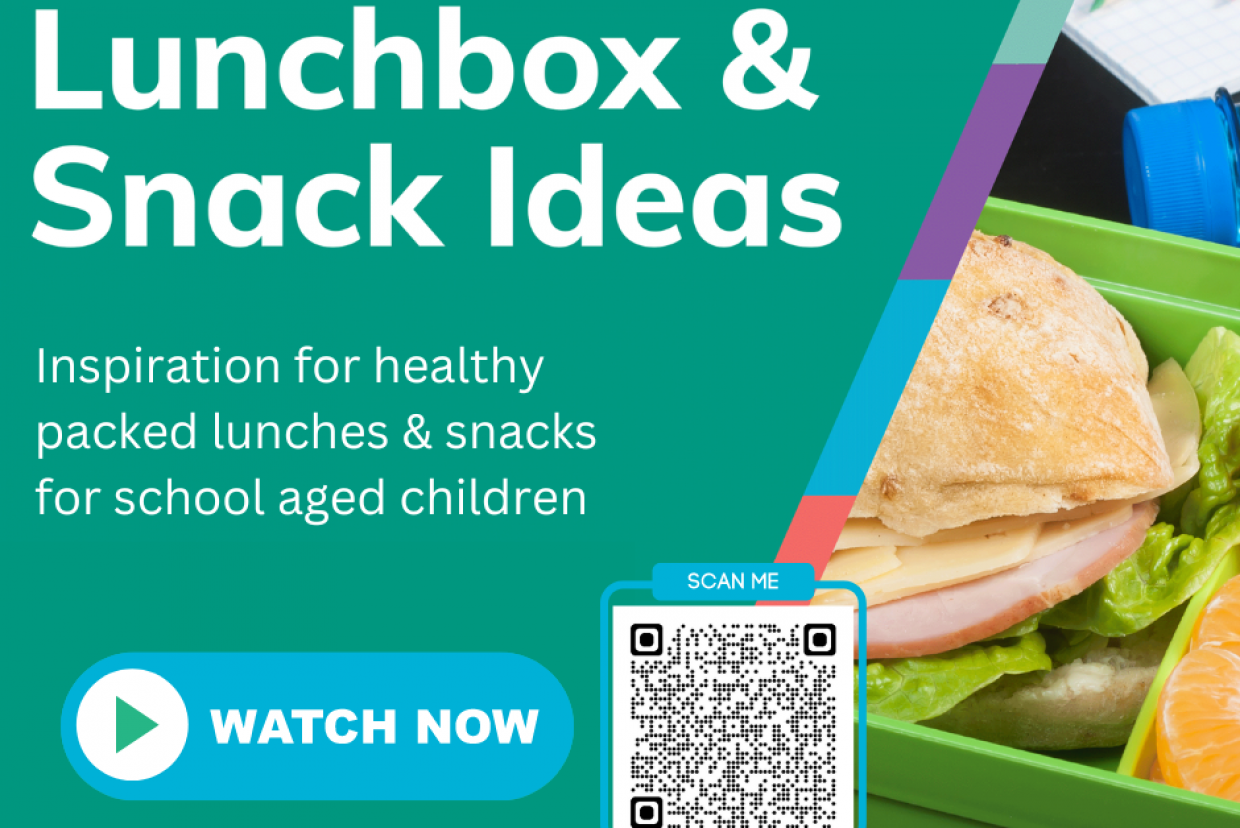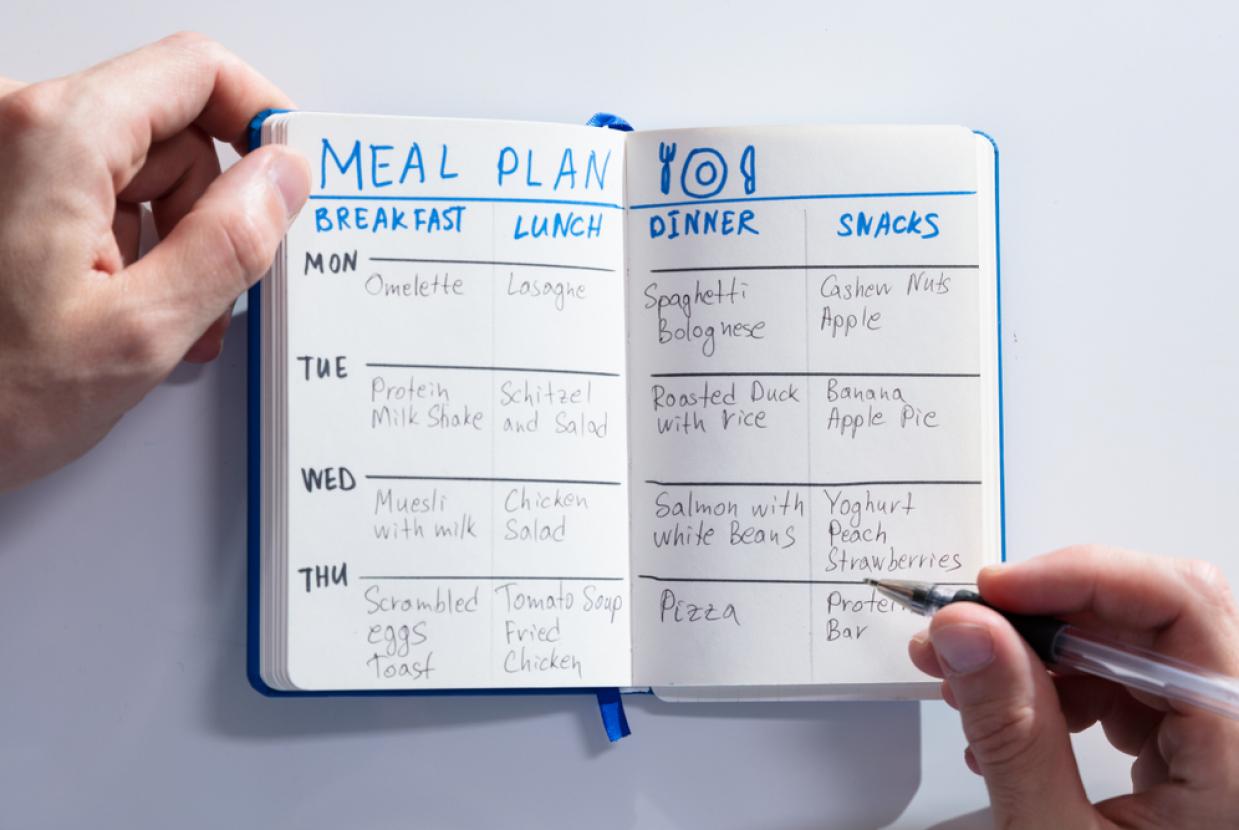Portion Sizes
A portion is the amount of a food that you eat at one time, for example how much food you put on your plate at a meal or how much is in a packet.
Why are portion sizes important?
The key to eating a balanced diet is to eat a wide variety of foods in appropriate amounts. Making healthier choices and choosing to eat some foods more often, and in larger amounts, than others.
It is important to be aware of portion sizes, as eating too much or not enough of any type of food can increase your risk of health problems. This is because your body may be getting too much or too little of what it needs to stay healthy.
As every person is different, the recommended number of portions for each food will vary according to age, sex, size, health and other factors, but this sheet provides a good place to get you started.
Carbohydrates – what is a portion?
Type of food | Portion Size | What does this look like? |
Bread | 34g-36g | One medium slice |
Pasta (boiled) | 75g uncooked / 150g cooked | Two to three tablespoons |
Rice (boiled) | 50g uncooked / 150g cooked | Two to three tablespoons |
Potatoes (boiled with skin)* | 175g | Three (egg-sized) or five to six (thumb-sized new potatoes) |
Baked potato (with skin)* | 180g | One medium |
Puffed or flaked breakfast cereals | 30g | Three tablespoons / two biscuits |
Porridge oats / shredded cereals | 40g | Three tablespoons |
Muesli / granola | 45g | Two to three tablespoons |
*Potatoes do not contribute to one of your 5-a-day, however sweet potatoes, parsnips, swedes and turnips do.
Top tip: Choose wholegrains or higher fibre versions with less added fat, salt and sugar. Be mindful that the carbohydrate portions provided contain different amounts of carbohydrate and calories.
Dairy and alternatives – what is a portion?
Type of food | Portion Size | What does this look like? |
Milk | 200ml (1/3 pint) | One glass |
Calcium fortified plant-based alternative | 200ml (1/3 pint) | One glass |
Yoghurt | 125g-150g | One standard pot / three tablespoons |
Cheese (hard) | 30g | A small matchbox-sized piece |
Top tip: Try to choose lower fat and lower sugar options where possible.
Protein – what is a portion?
Type of food | Portion Size | What does this look like? |
Animal protein |
|
|
Cooked meat (beef, pork, lamb, mince, chicken, turkey) | 90g | A deck of cards |
Cooked white fish (cod or plaice) or canned fish | 140g | Palm of hand |
Cooked oily fish (salmon, mackerel, sardines) | 140g | Palm of hand |
Eggs | 120g | Two medium |
Plant Protein |
|
|
Baked beans | 150g | Four tablespoons |
Beans (kidney beans, butterbeans, black eyed beans) | 150g | Four tablespoons |
Pulses (lentils, chickpeas) | 150g | Four tablespoons |
Soya/tofu, plant-based meat alternative | 100g | Four tablespoons |
Unsalted nuts or nut butter | 30g | One handful or tablespoon |
Top tip: Eat more beans and pulses such as lentils and peas, and two portions (140g) of sustainably sourced fish per week, one of which is oily such as mackerel, salmon, trout, sardines, herring. Eat less red and processed meat. Choose lean meat.
Fruit and vegetables – what is a portion?
Type of food | Portion Size | What does this look like |
An apple / pear / orange / banana | 80g | One medium (size of clenched fist) |
Grapes | 80g | 10-12 or handful |
Berries | 80g | 15-20 or cupped hands |
Plums/apricots/kiwis/satsumas | 80g | Two fruits |
Dried fruit e.g. raisins | 30g | A small handful/one tablespoon |
Peas / carrots / sweetcorn / mixed vegetables | 80g | Three heaped tablespoons |
Pepper | 80g | Half |
Cherry tomatoes | 80g | Seven |
Cucumber | 80g | 2.5cm piece |
Salad | 80g | Cereal bowlful |
Top tip: Eat at least five portions (400g) of a variety of fruit and vegetables every day. Choose from fresh, frozen, canned (in juice) or dried. Eat a rainbow!
Oils and spreads – what is a portion?
Type of food | Portion Size | What does this look like |
Butter or spread | 5g | One teaspoon |
Oil | 5ml / 3g | One teaspoon |
Oil | 15ml / 11g | One tablespoon |
Top tip: Use small amounts of oils and spreads and measure out. Choose unsaturated vegetable oils such as olive oil, rapeseed oil, sunflower oil.
Drinks – what is a portion?
Drink plenty of fluids – generally six to eight cups or glasses daily but this will depend on age, gender, the weather, how much physical activity you do and health. Water, lower fat milks, lower sugar or sugar-free drinks including tea and coffee all count. Younger children need relatively smaller servings (150ml-200ml) whereas older children and adults need larger servings (250ml-300ml).
Fruit juice and smoothies should be limited to one small glass (150ml) per day at a mealtime to protect your teeth.
Mixing food types and portions
People will often have more than one portion of one food type at each meal. Based on the portion sizes above:
- A sandwich with two slices of bread with two teaspoons of spread (one on each slice) would be two portions of carbohydrates and two portions of fats
- A meal including meat or fish plus beans or pulses would be two portions of protein
- A meal containing broccoli and carrots would be two portions of vegetables


